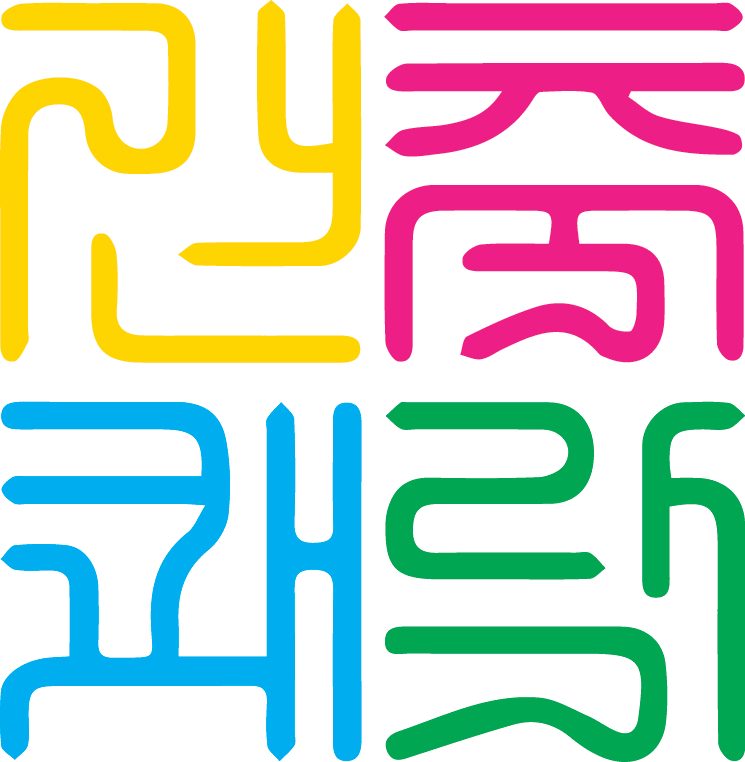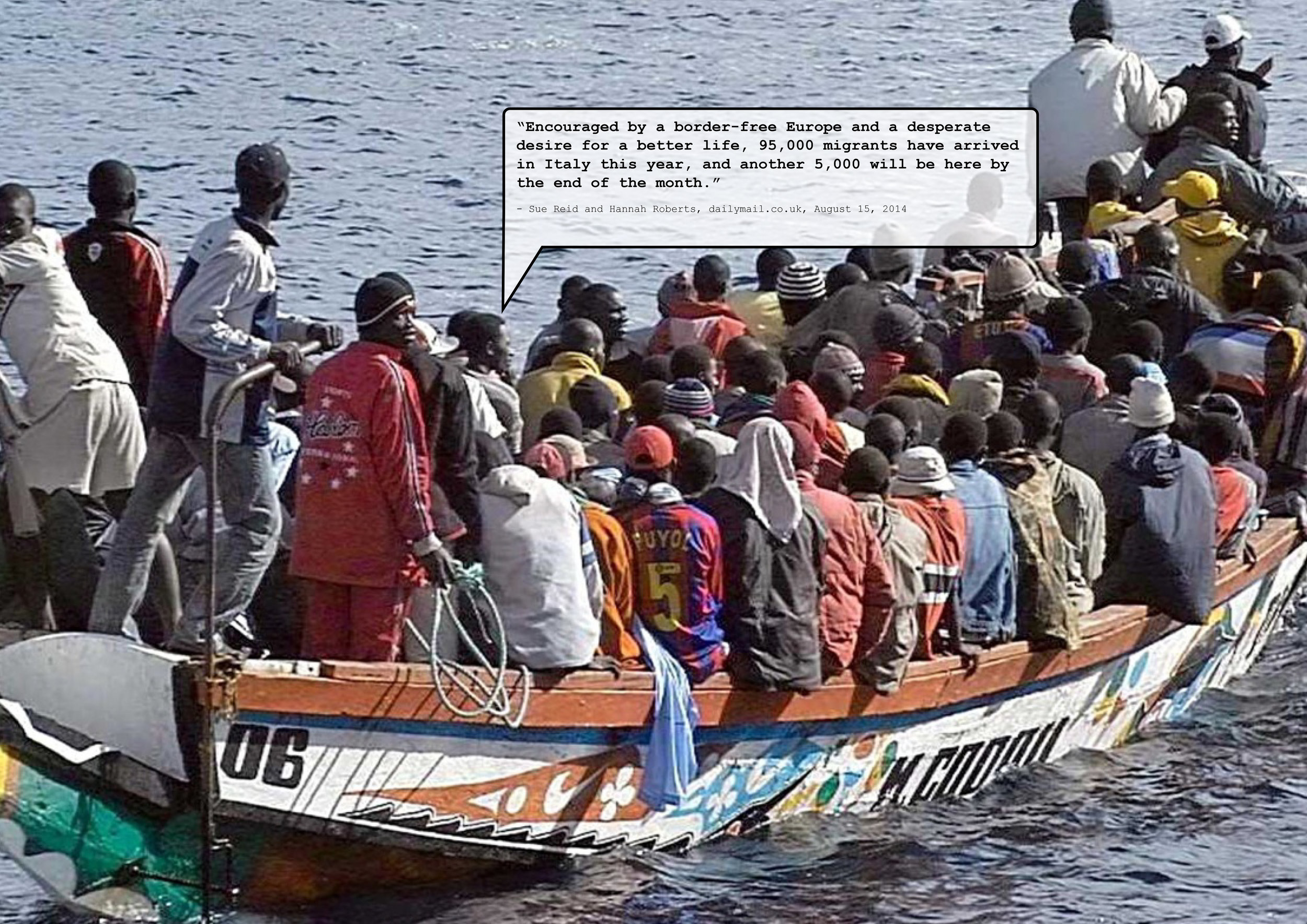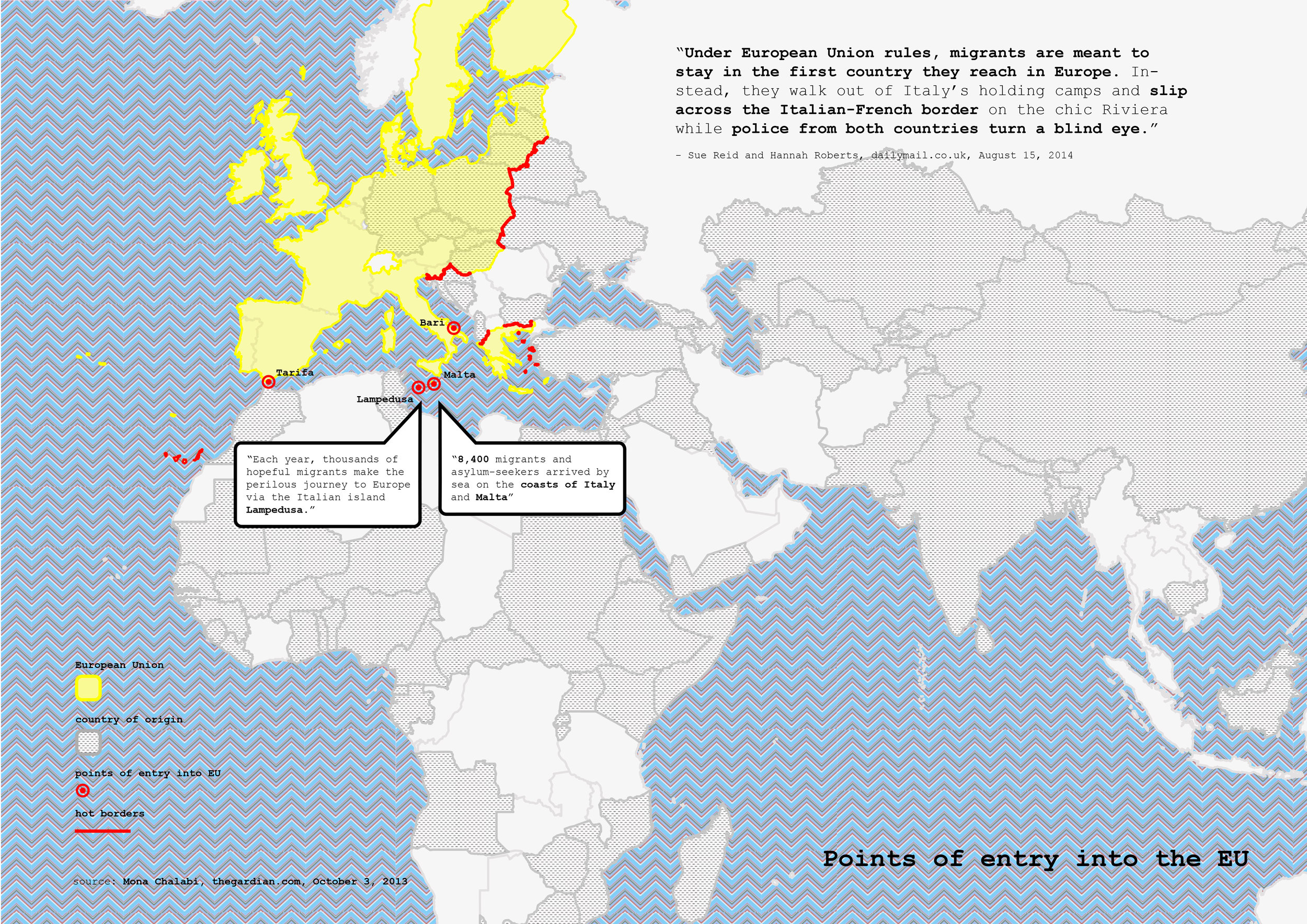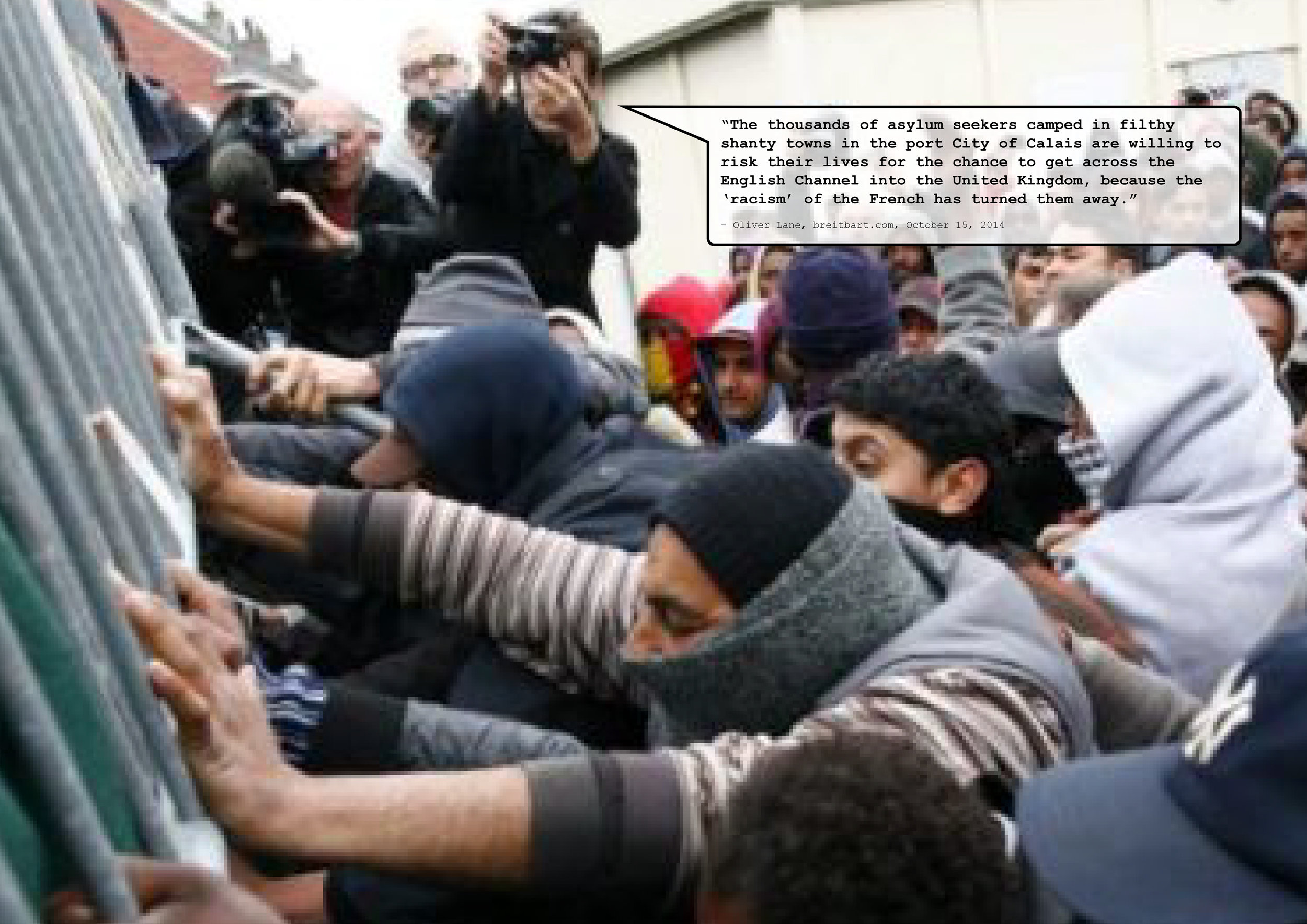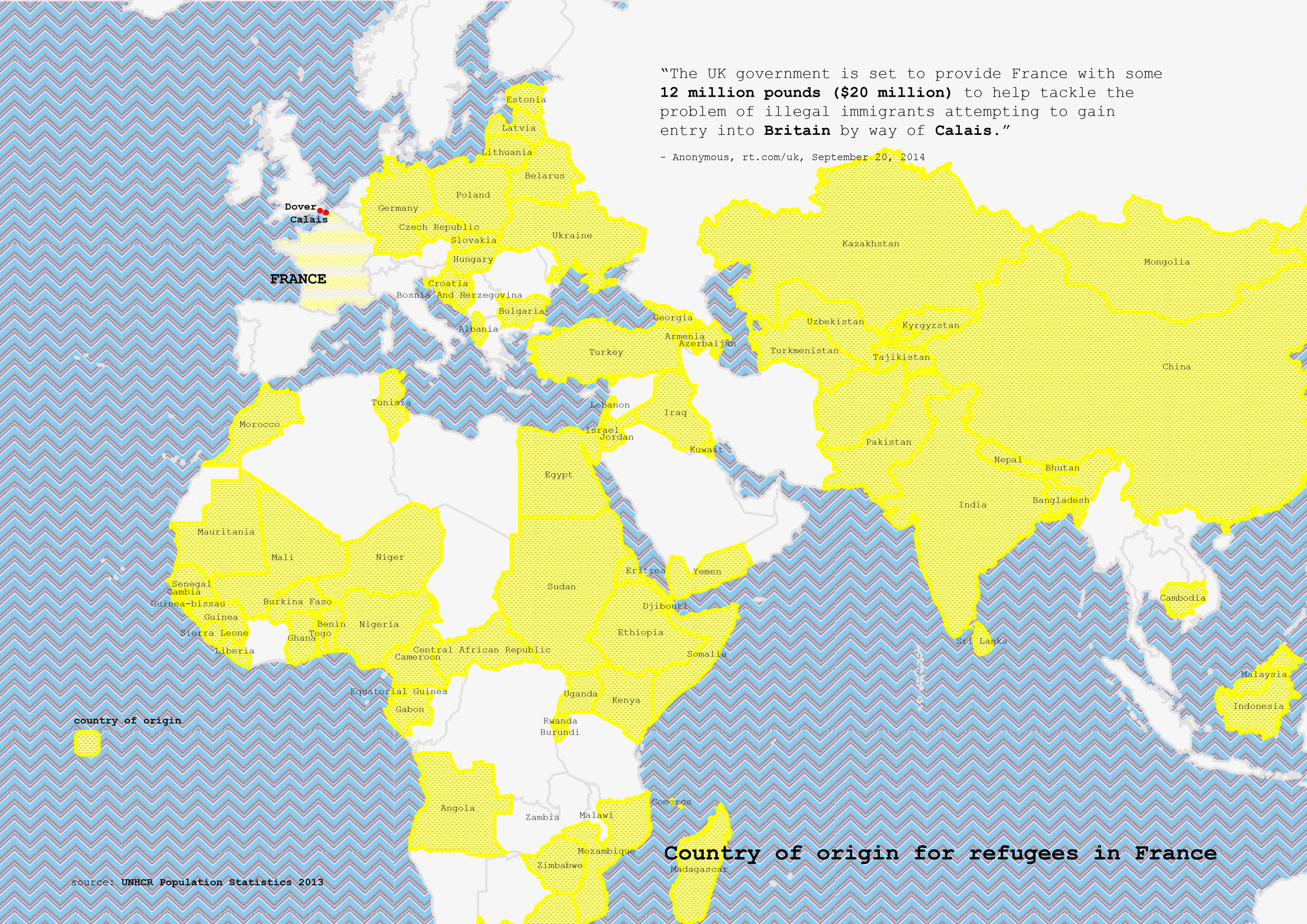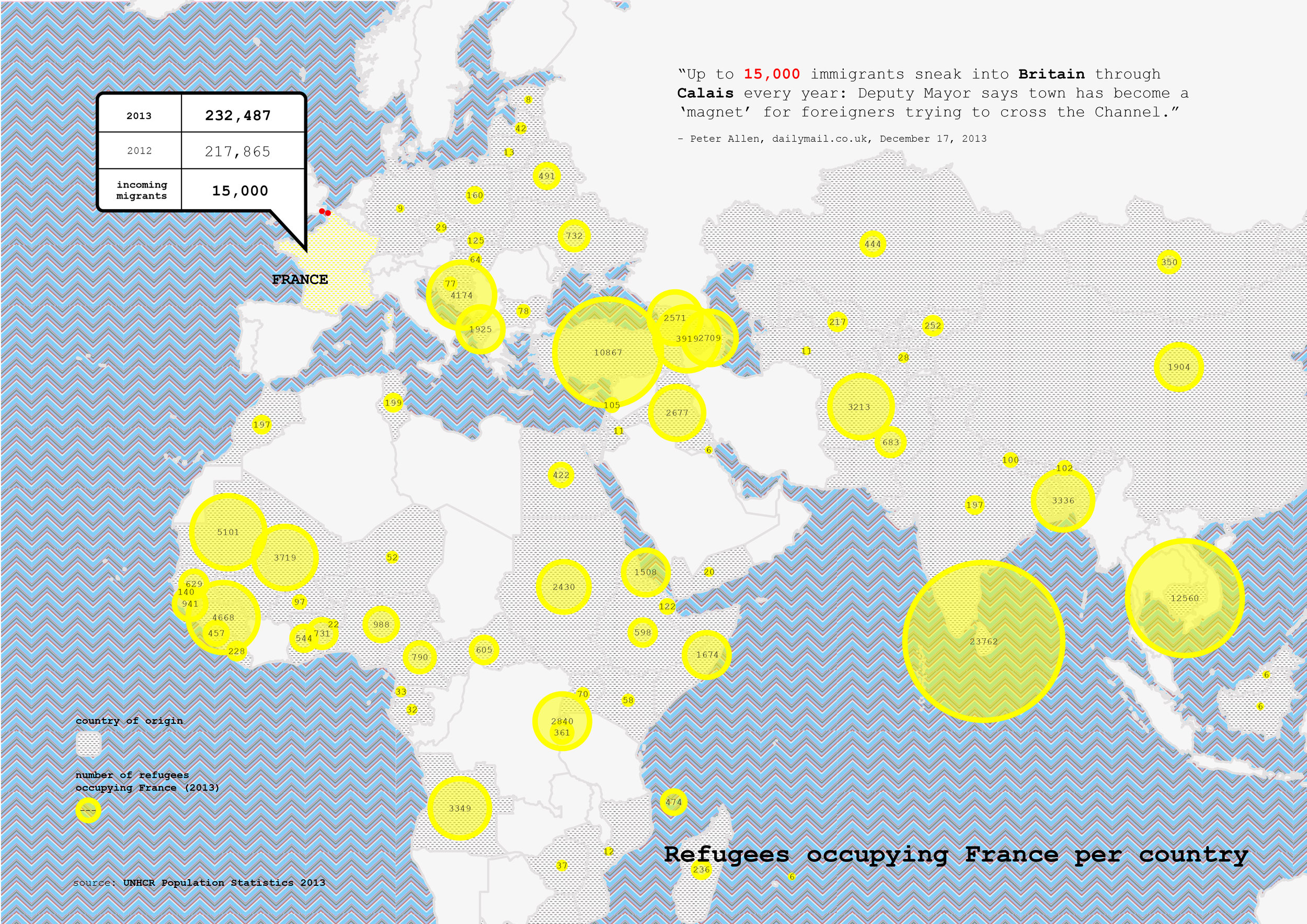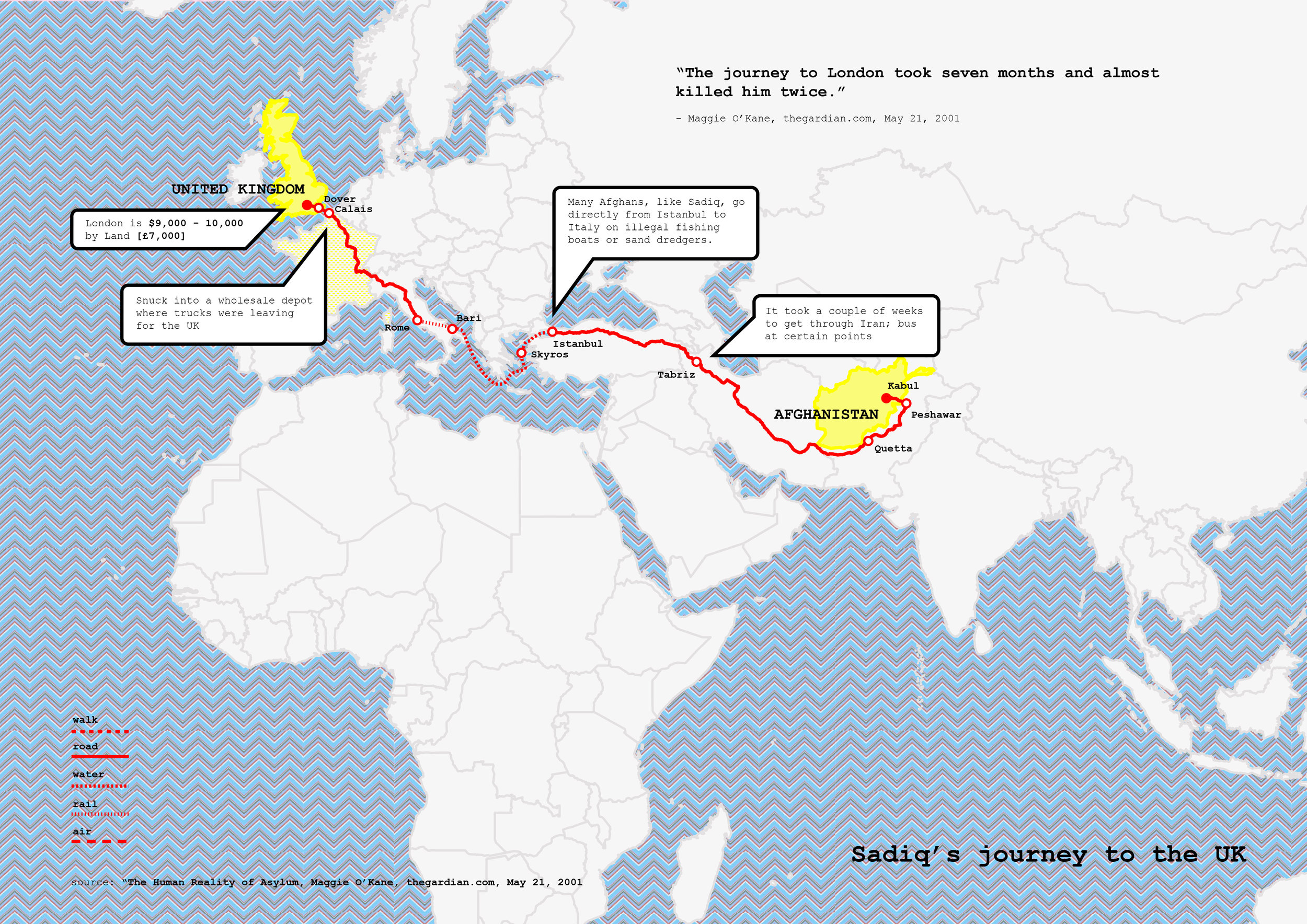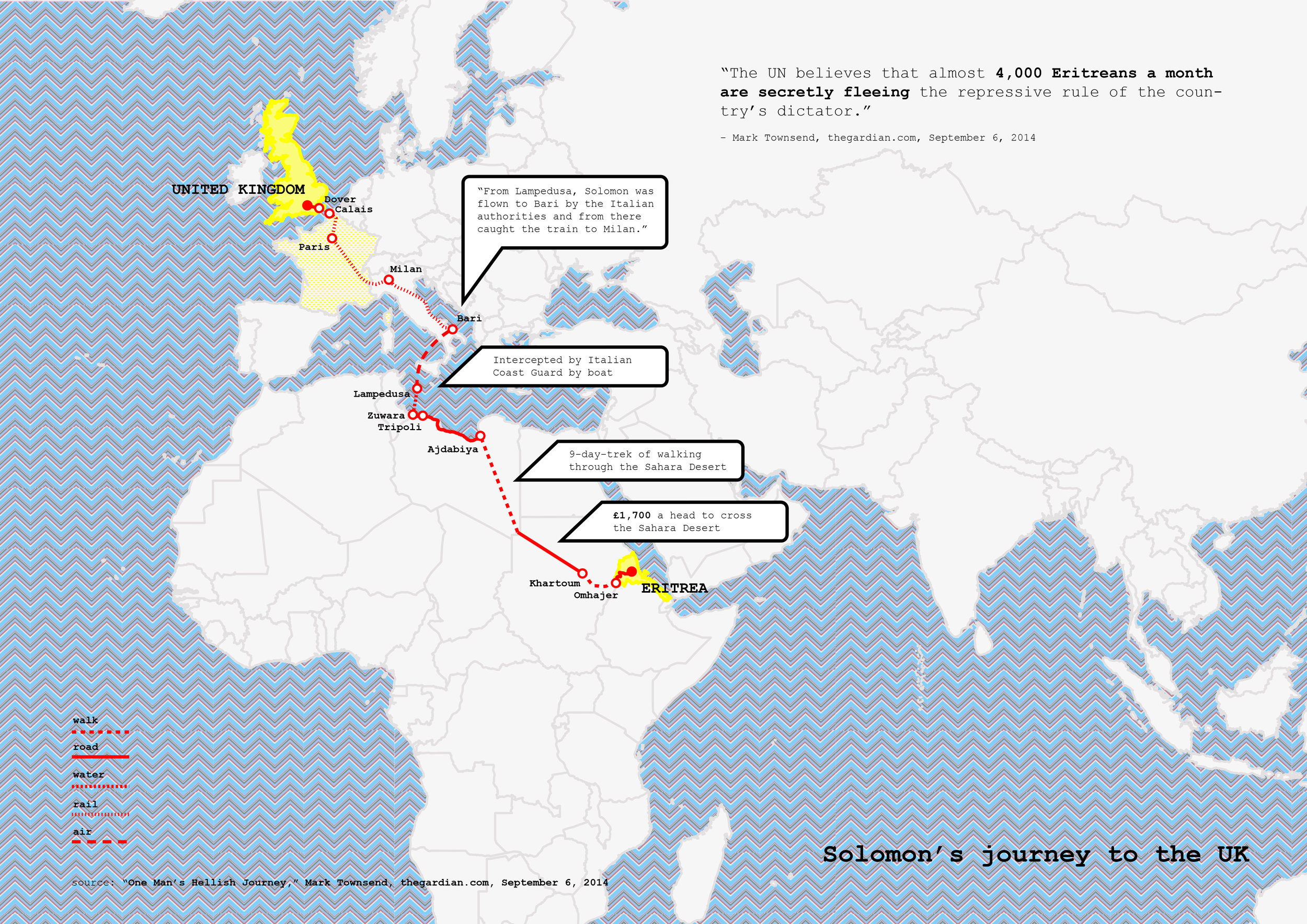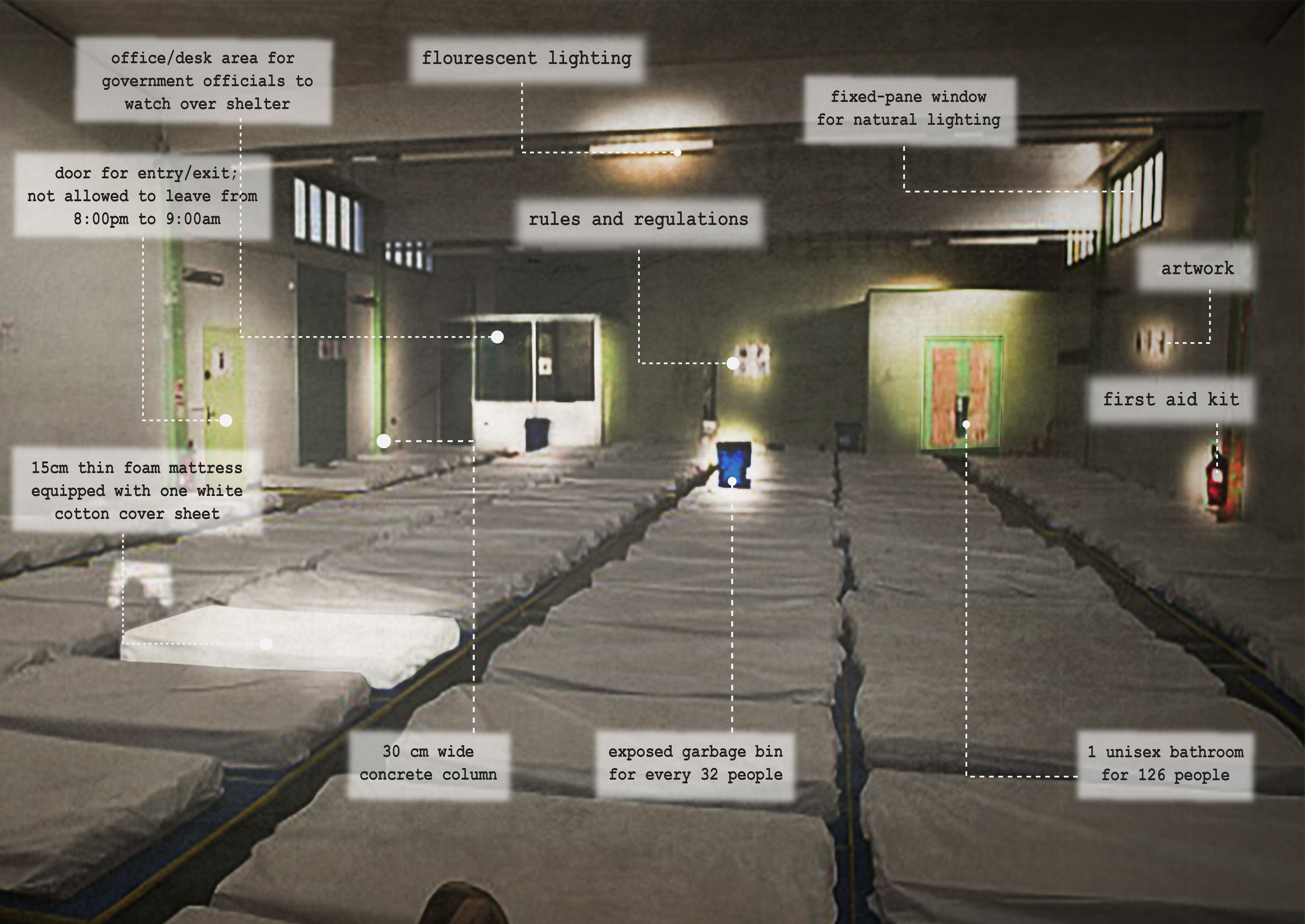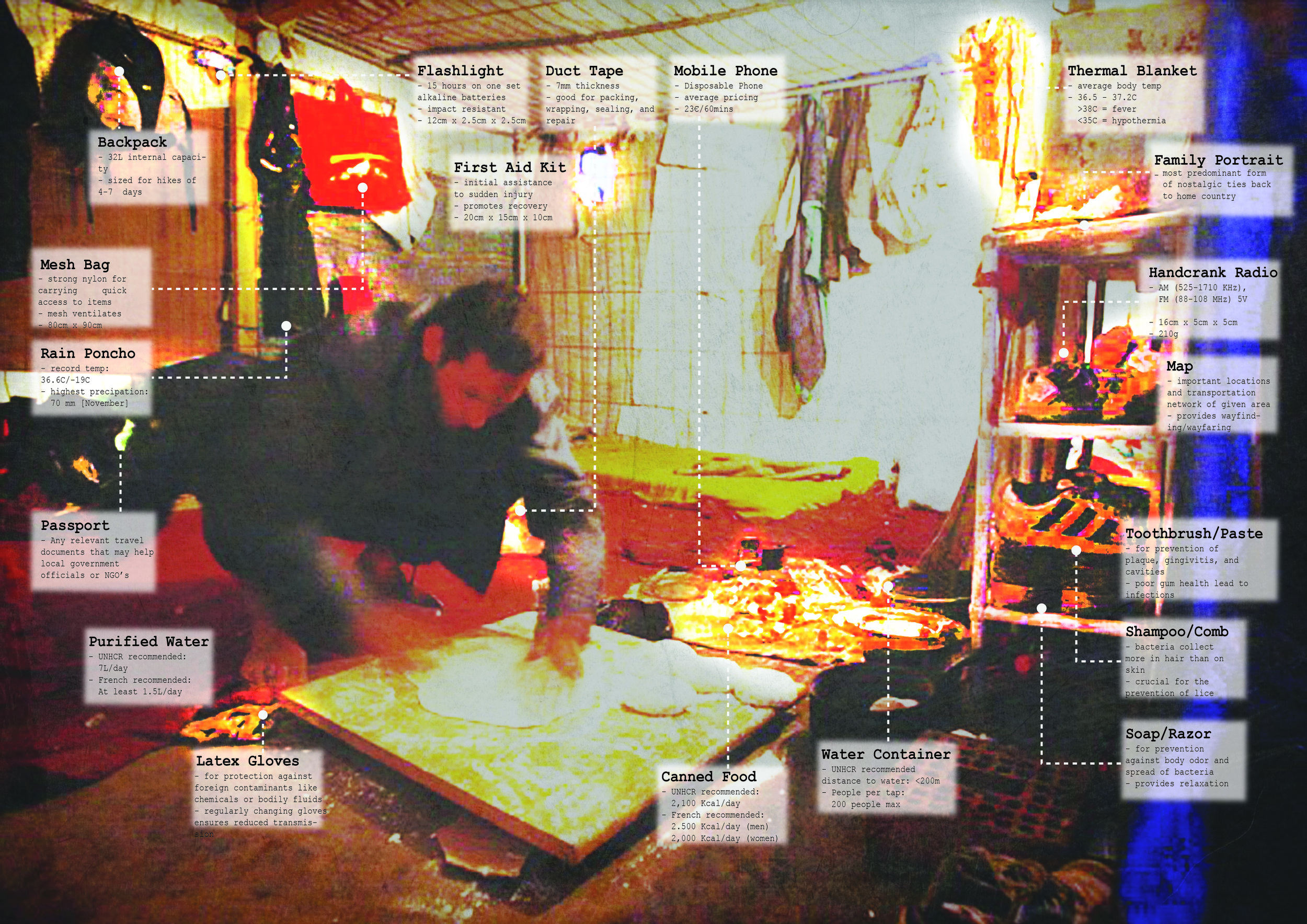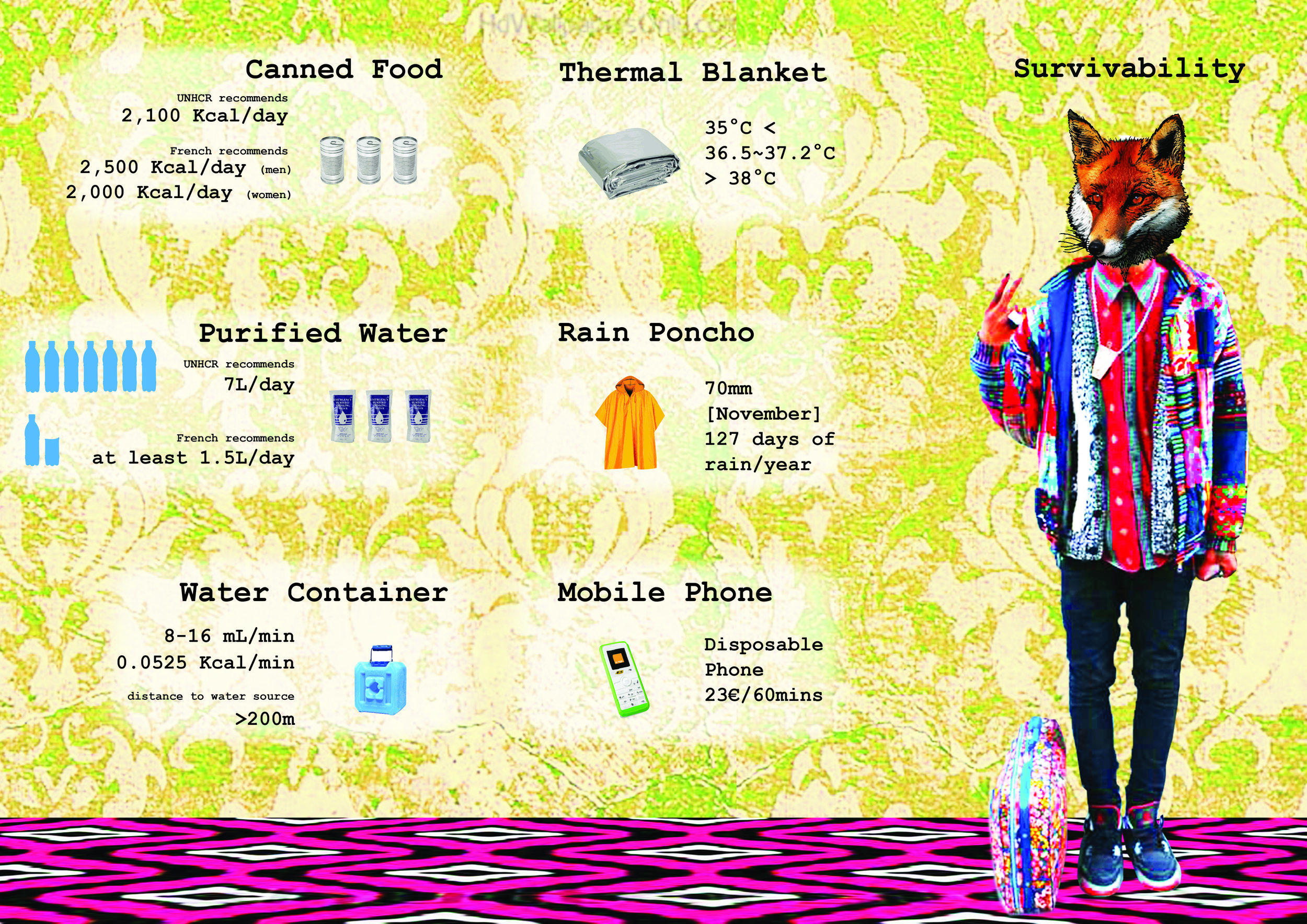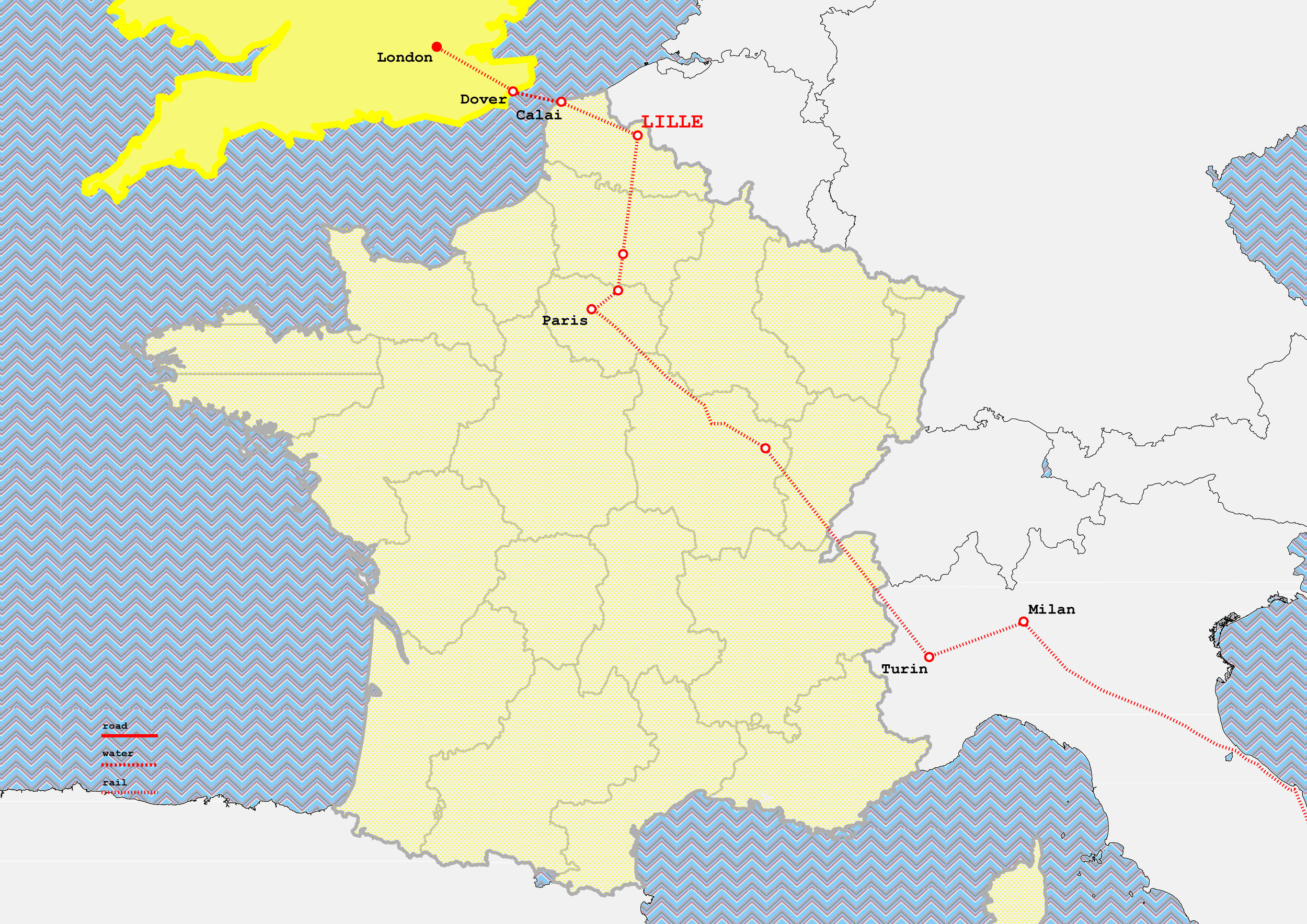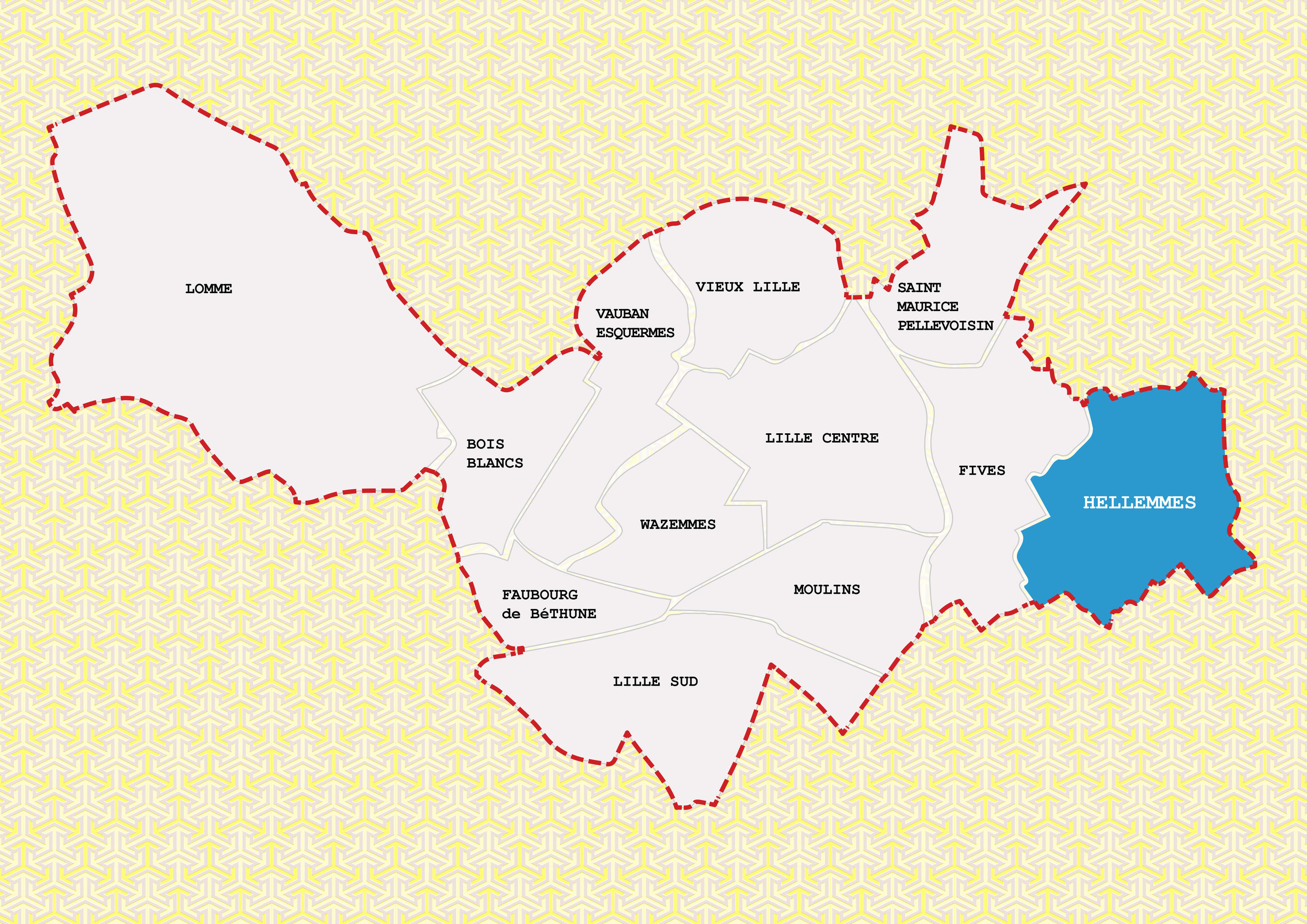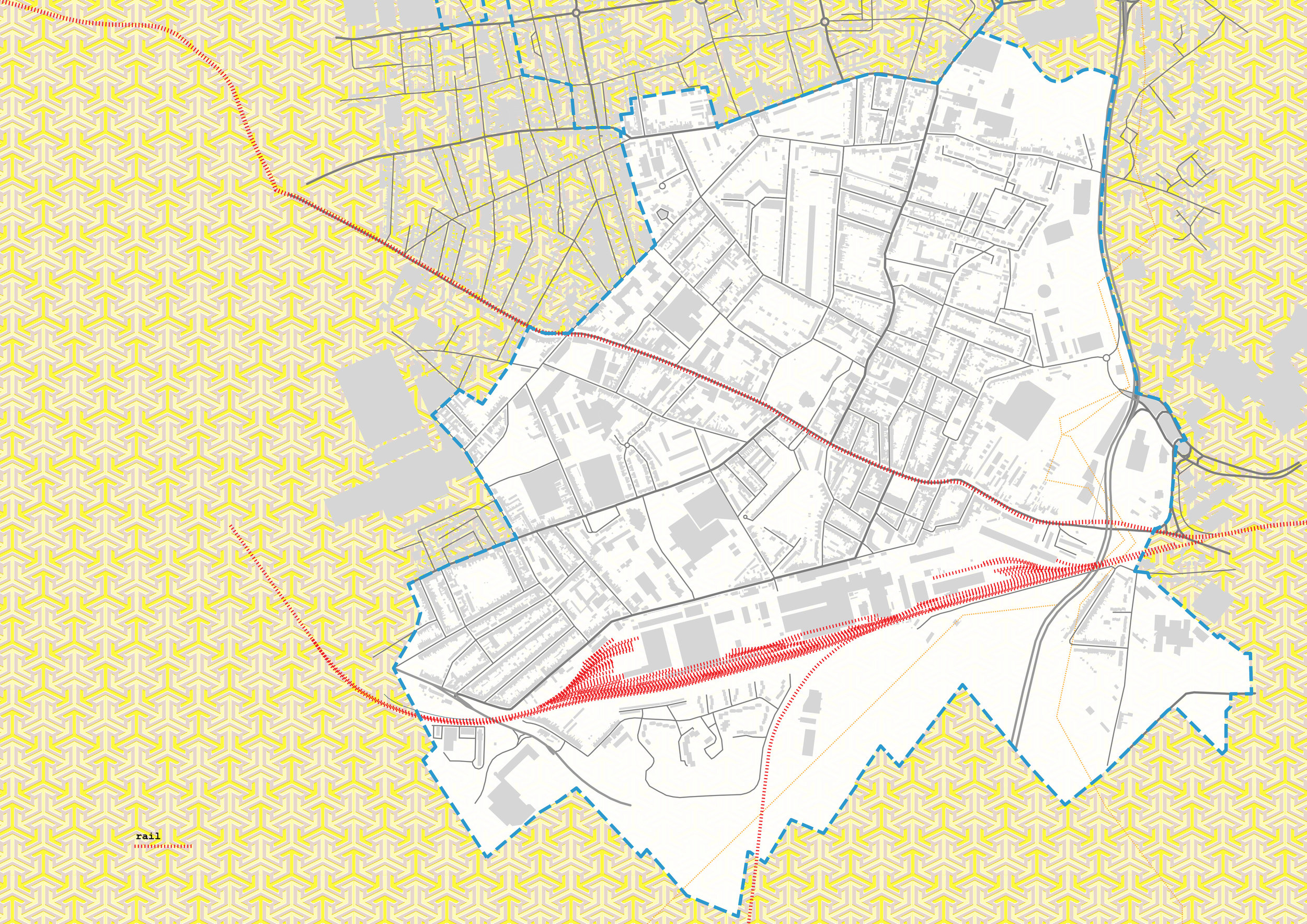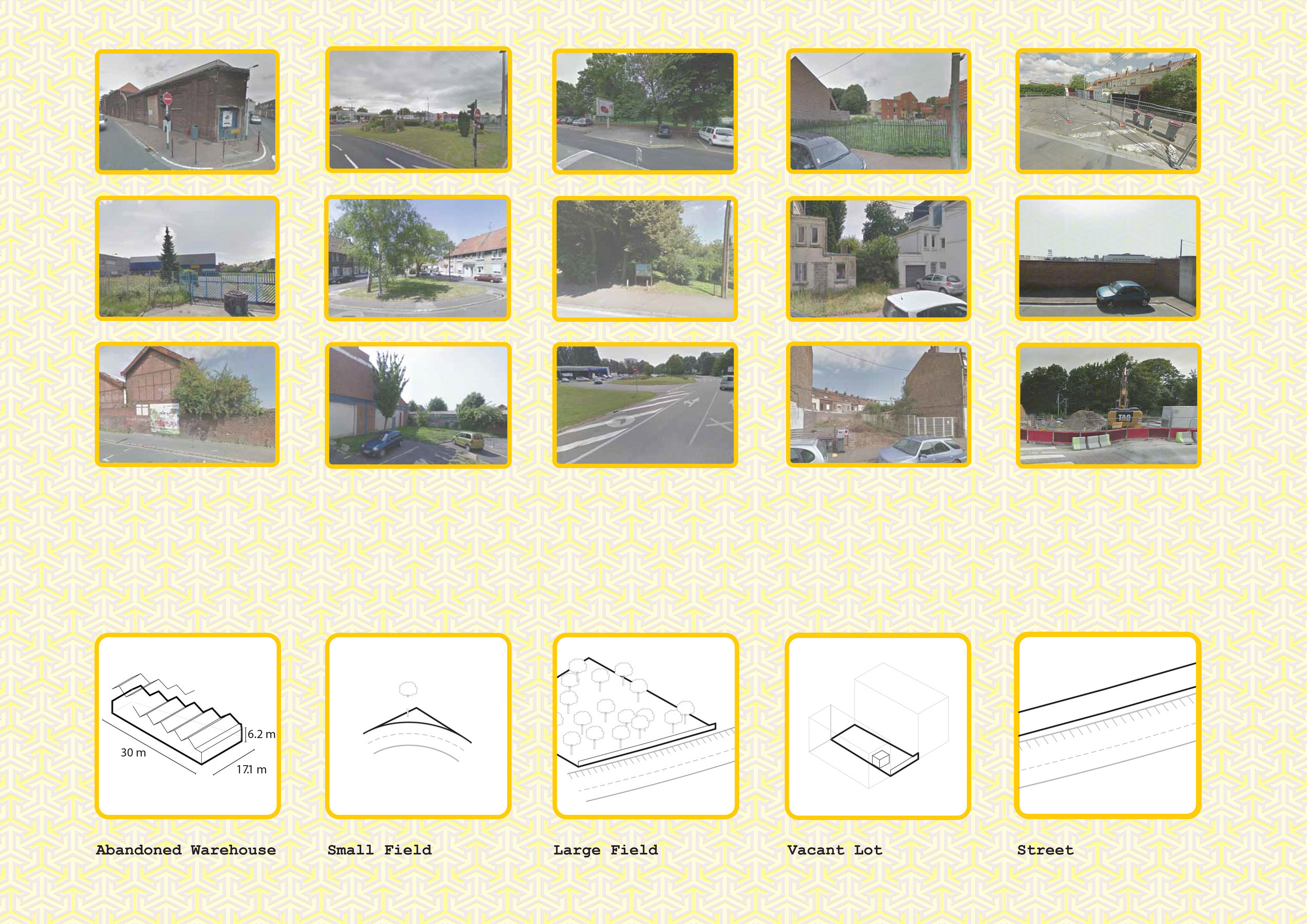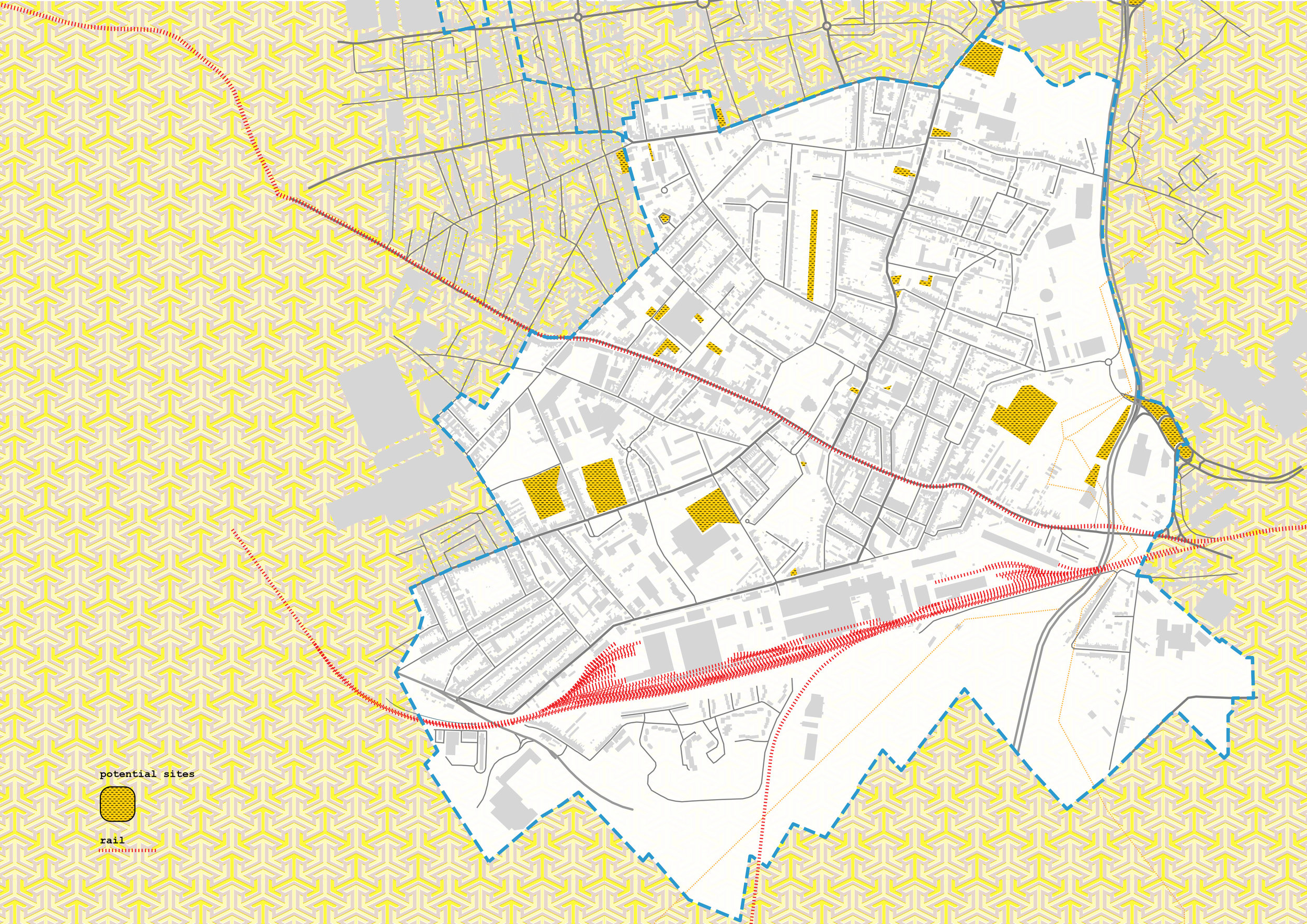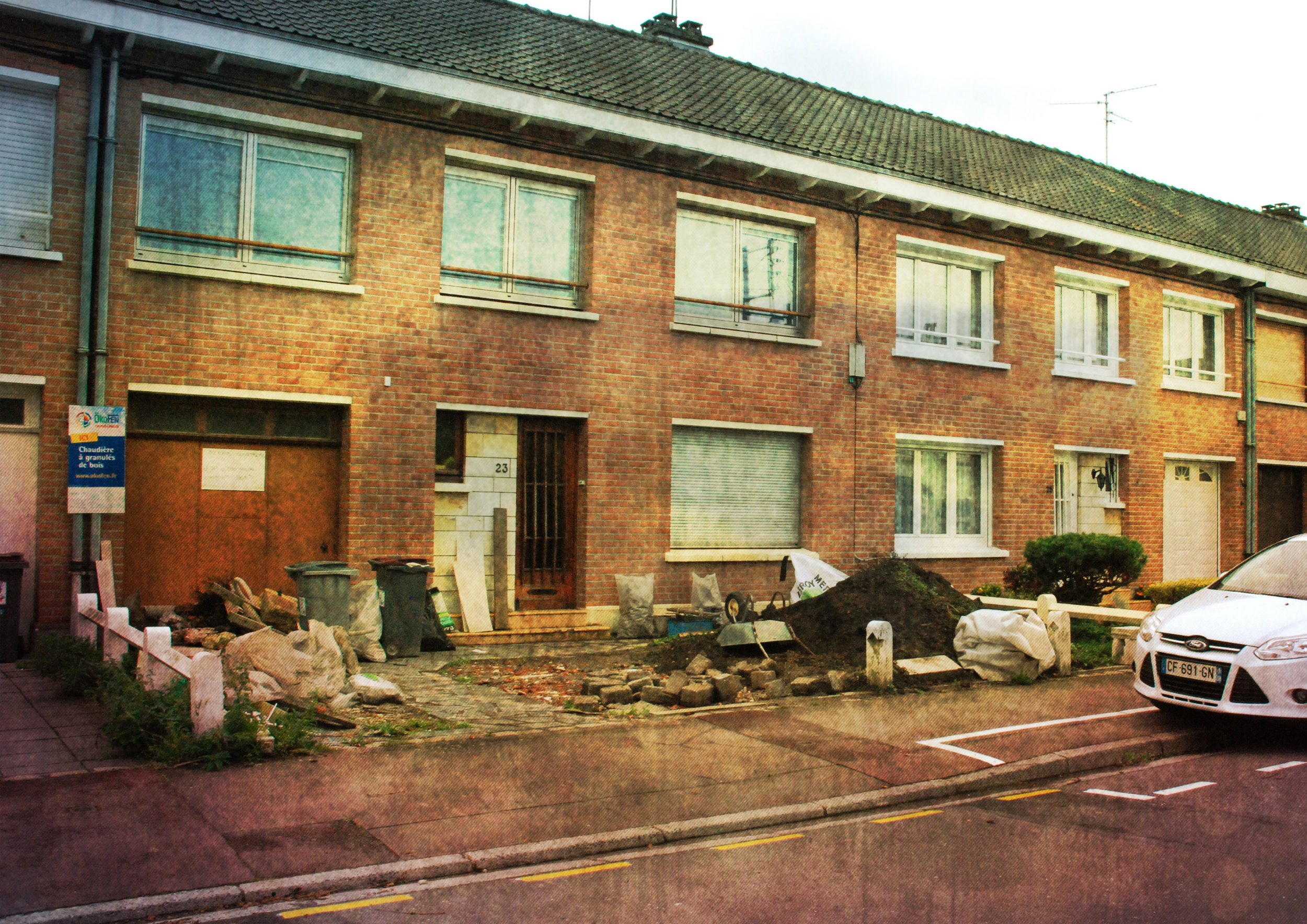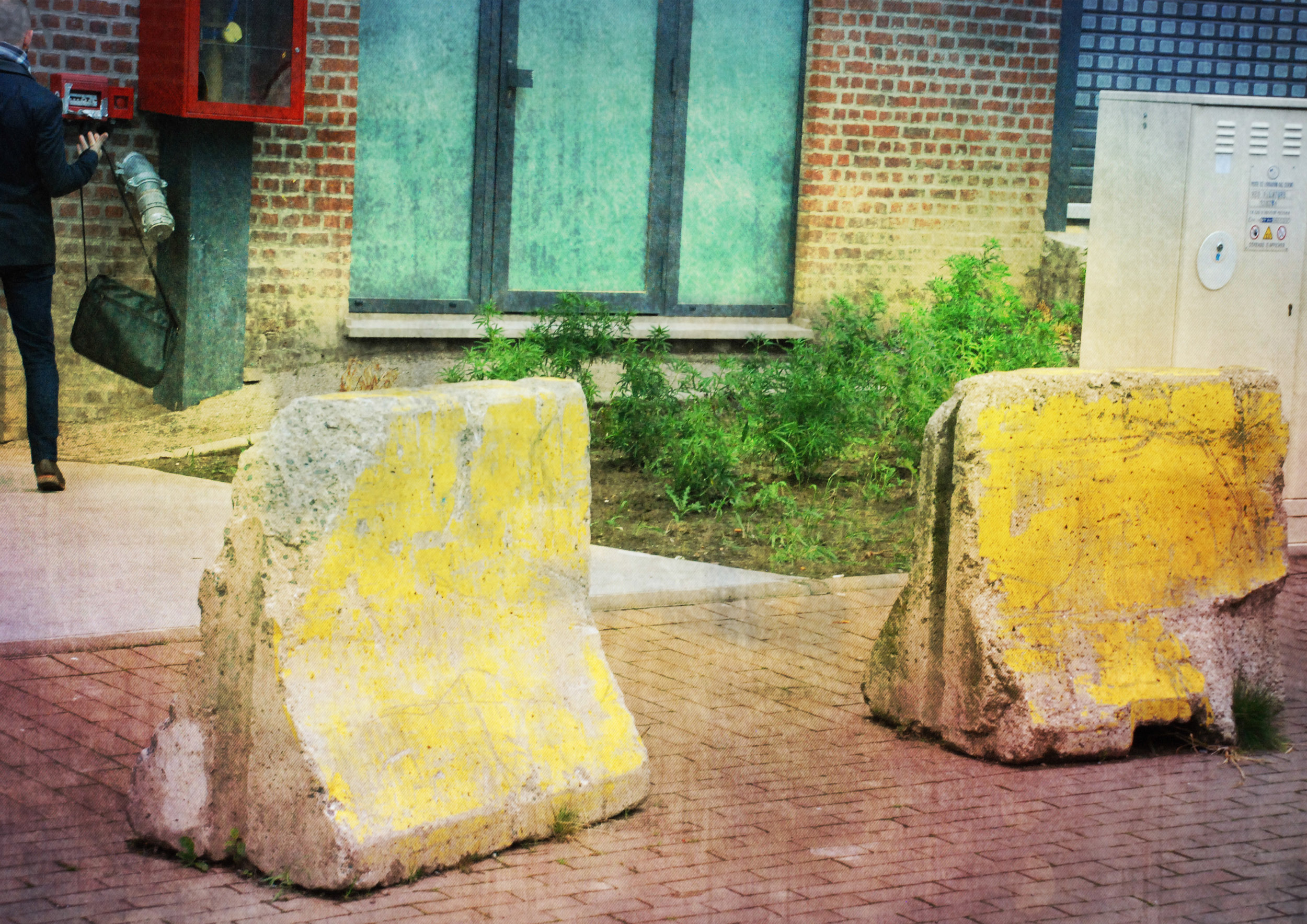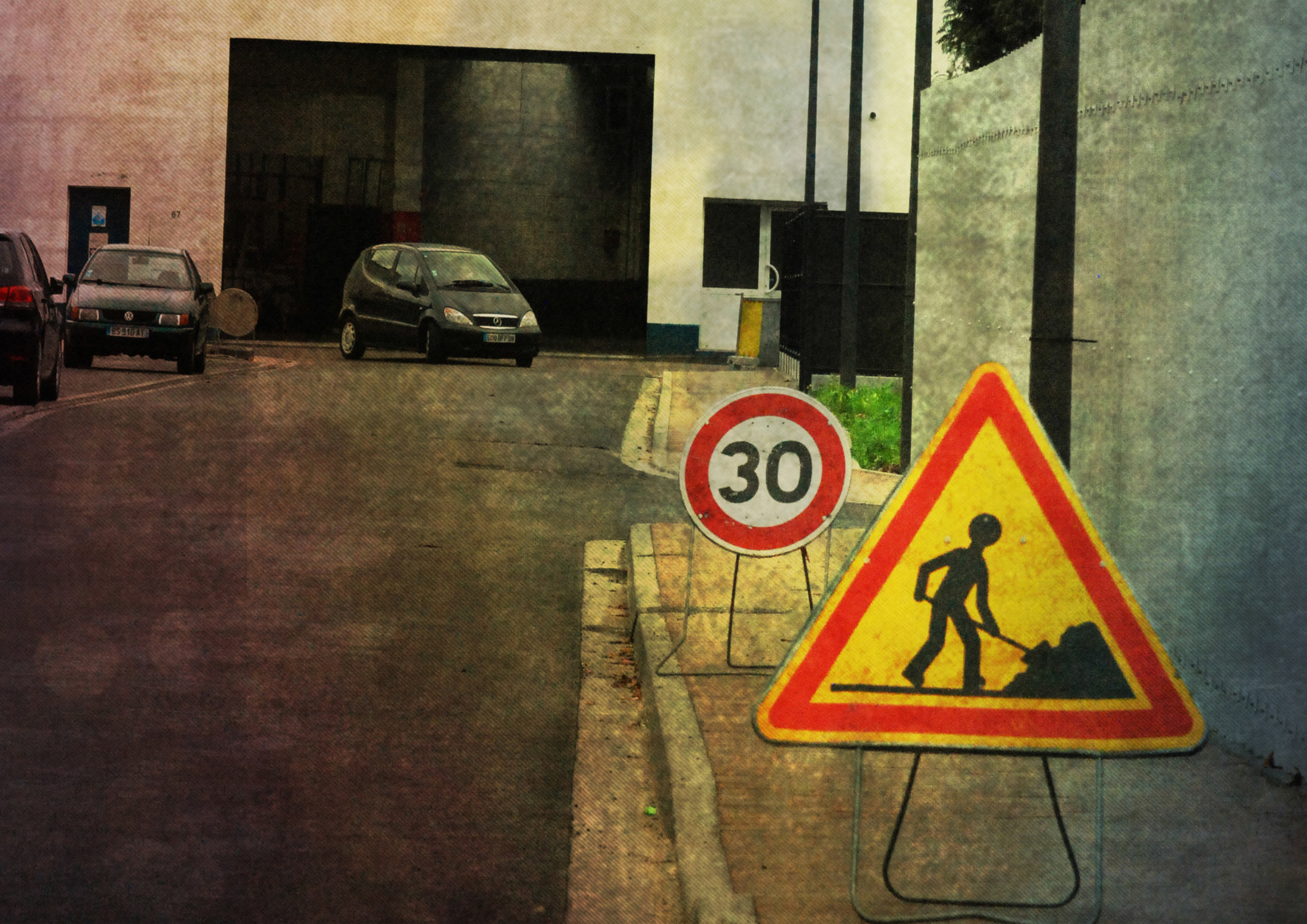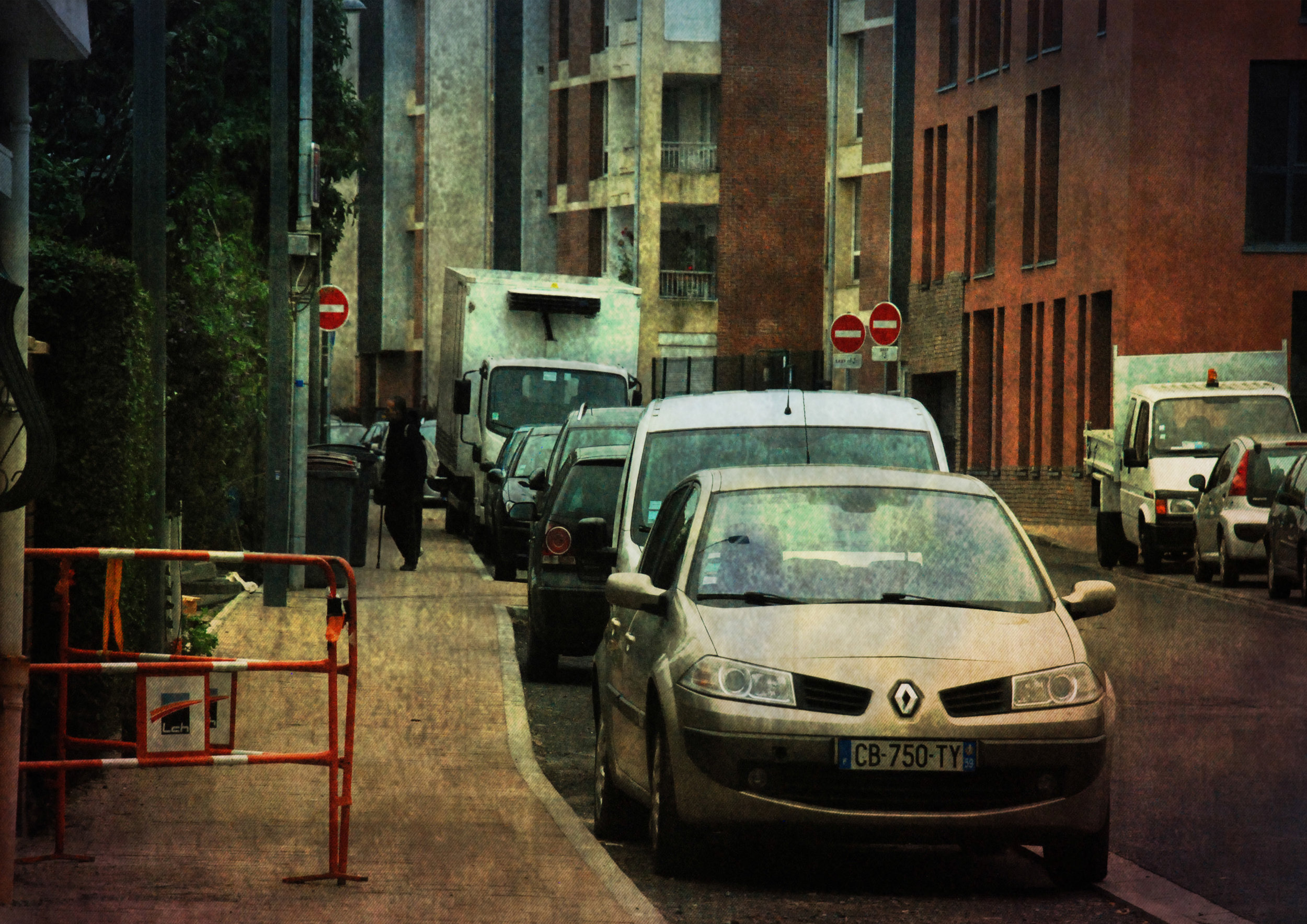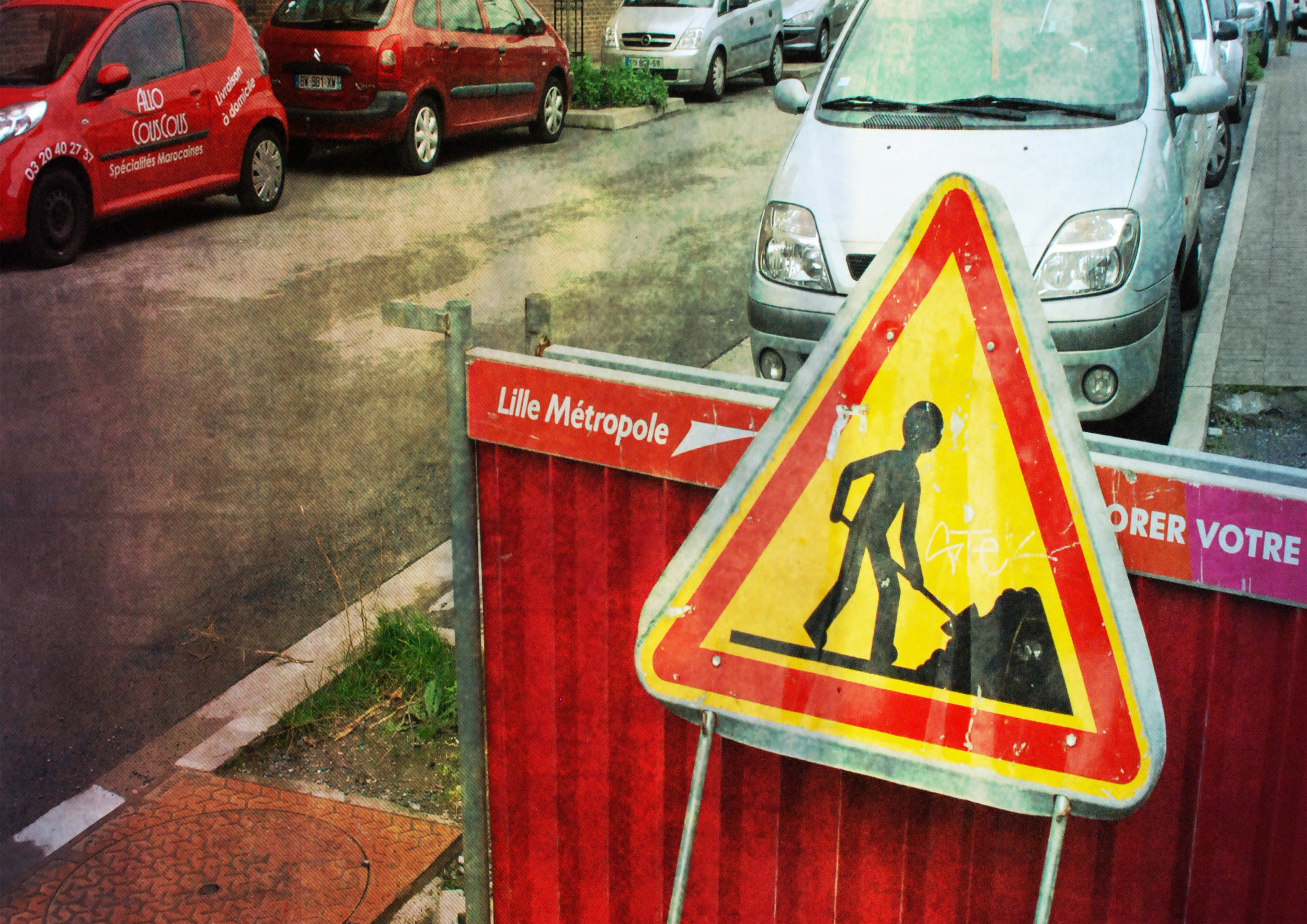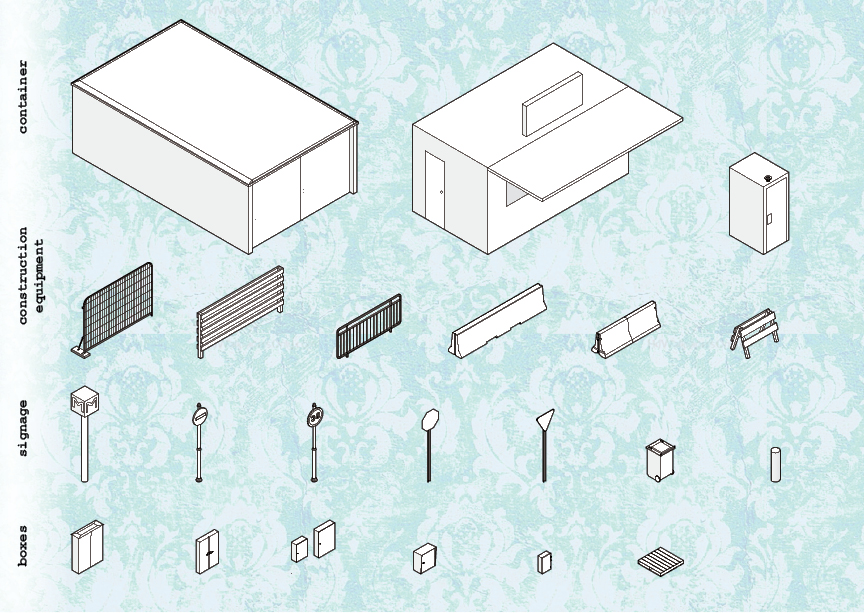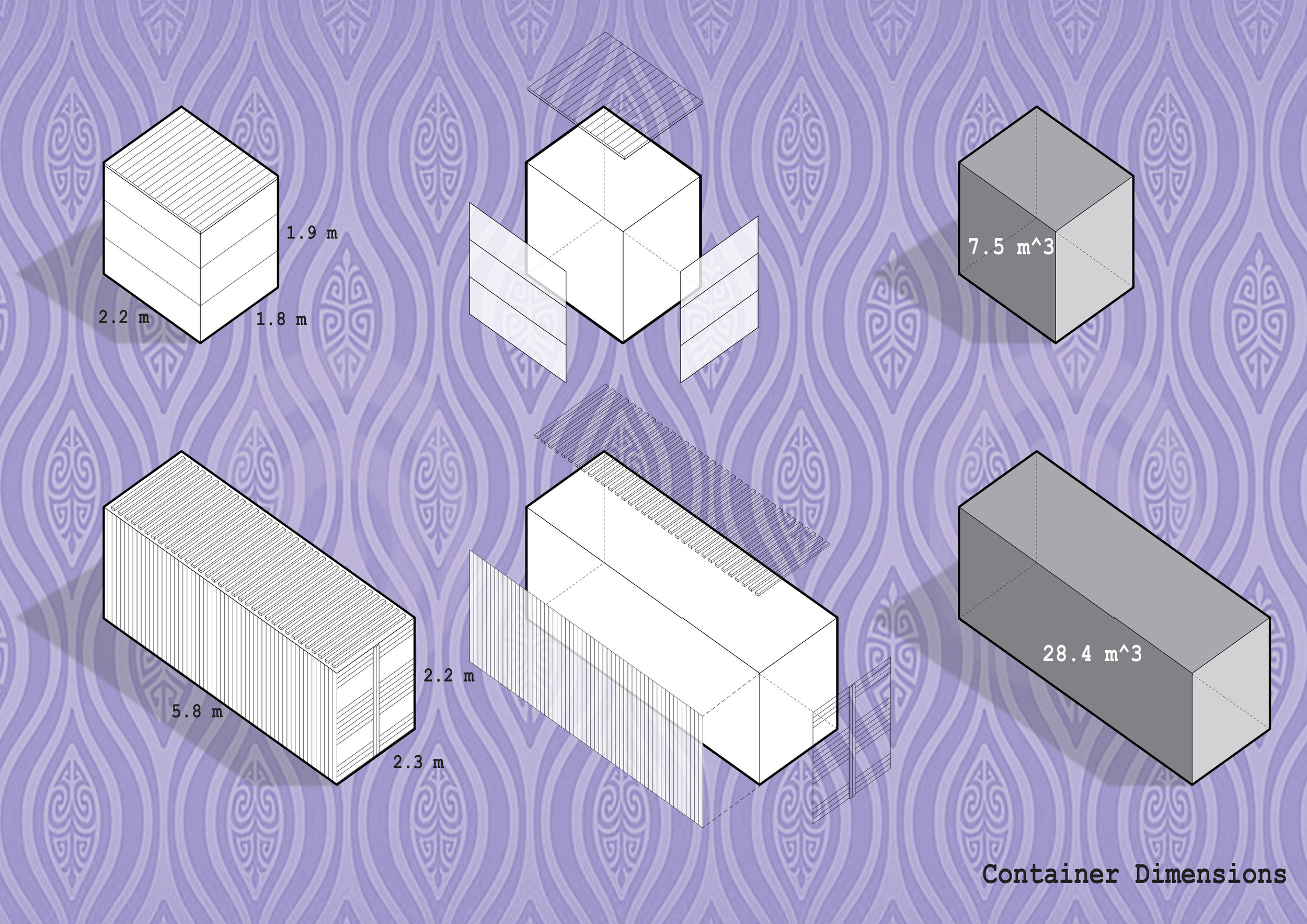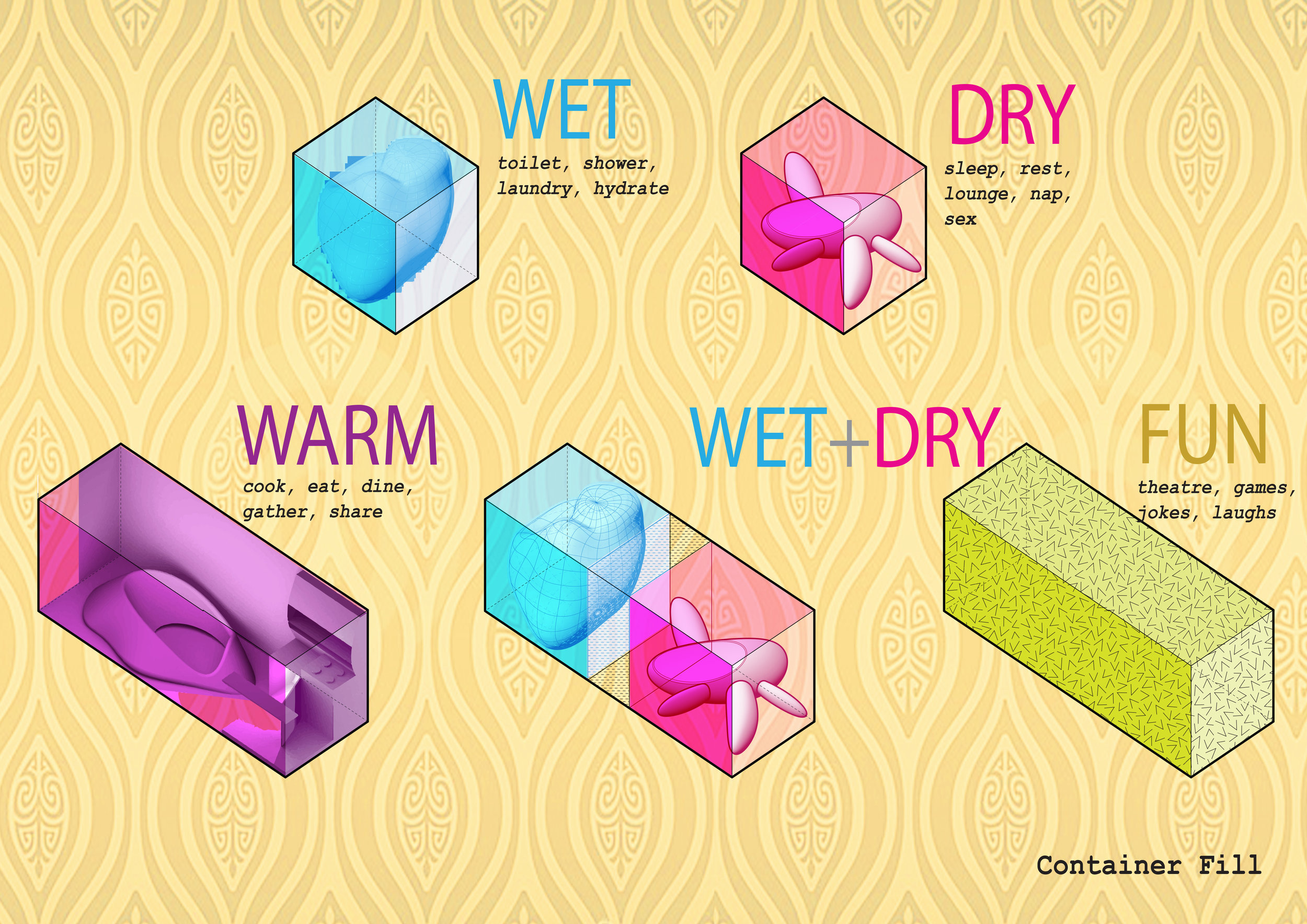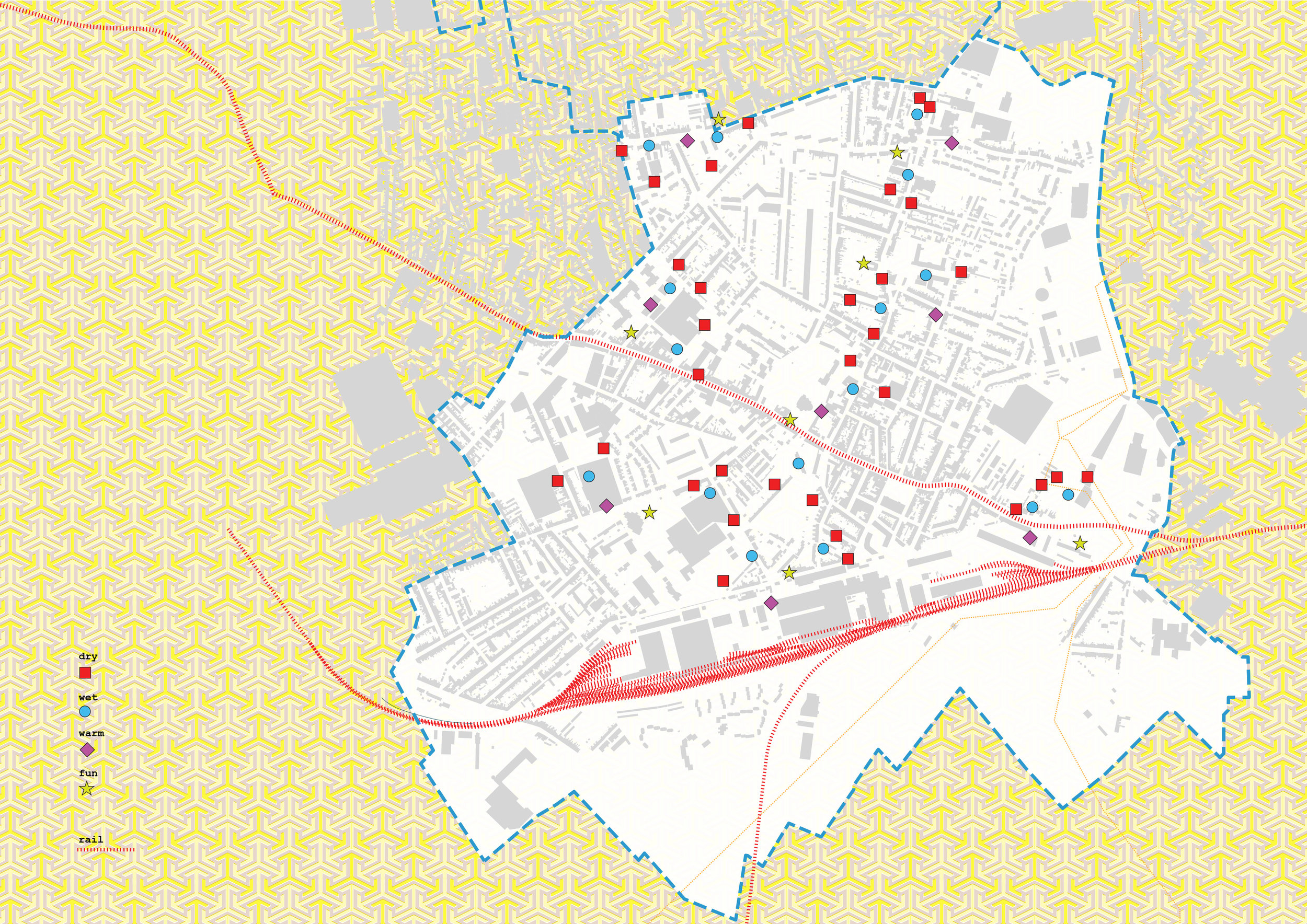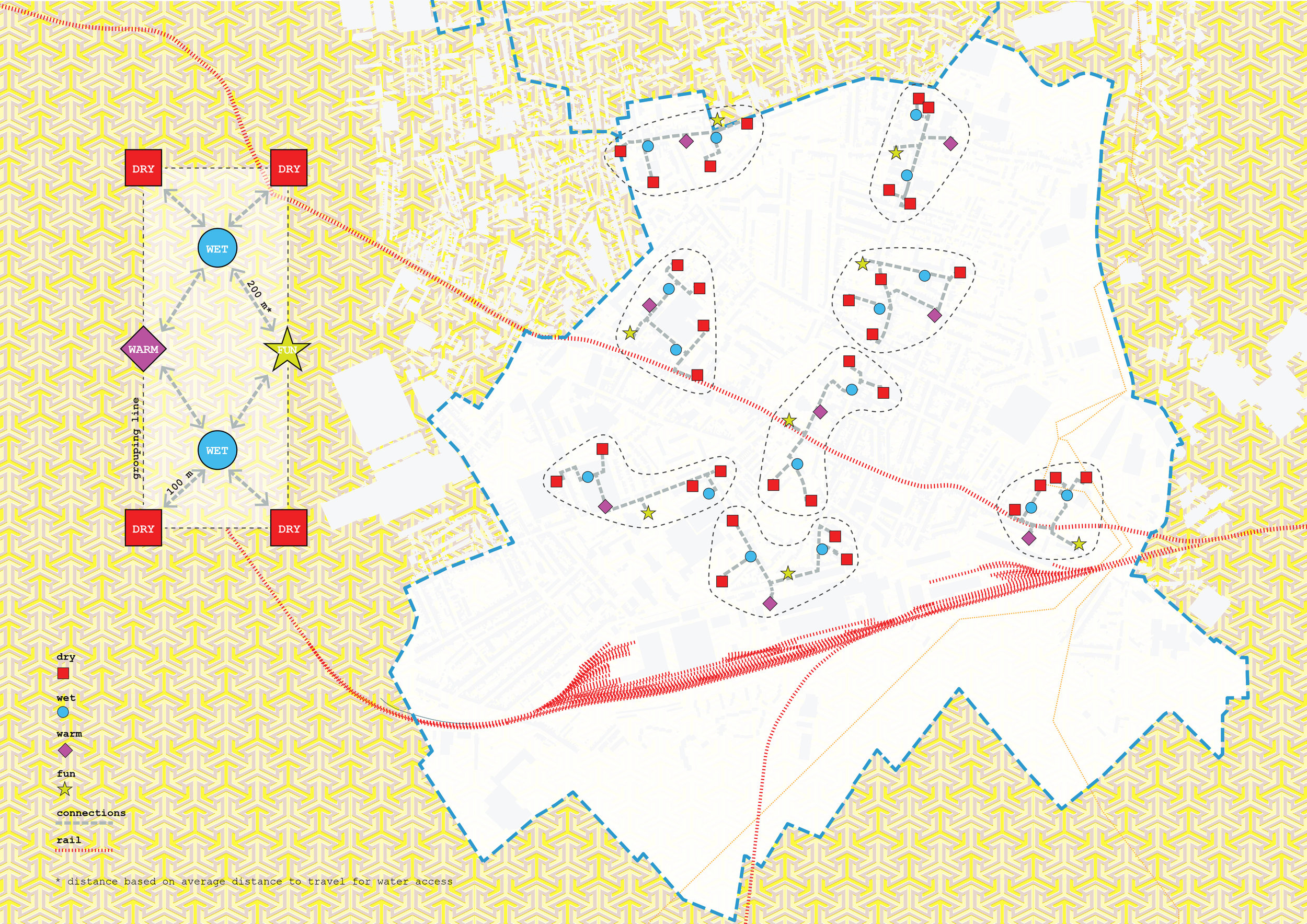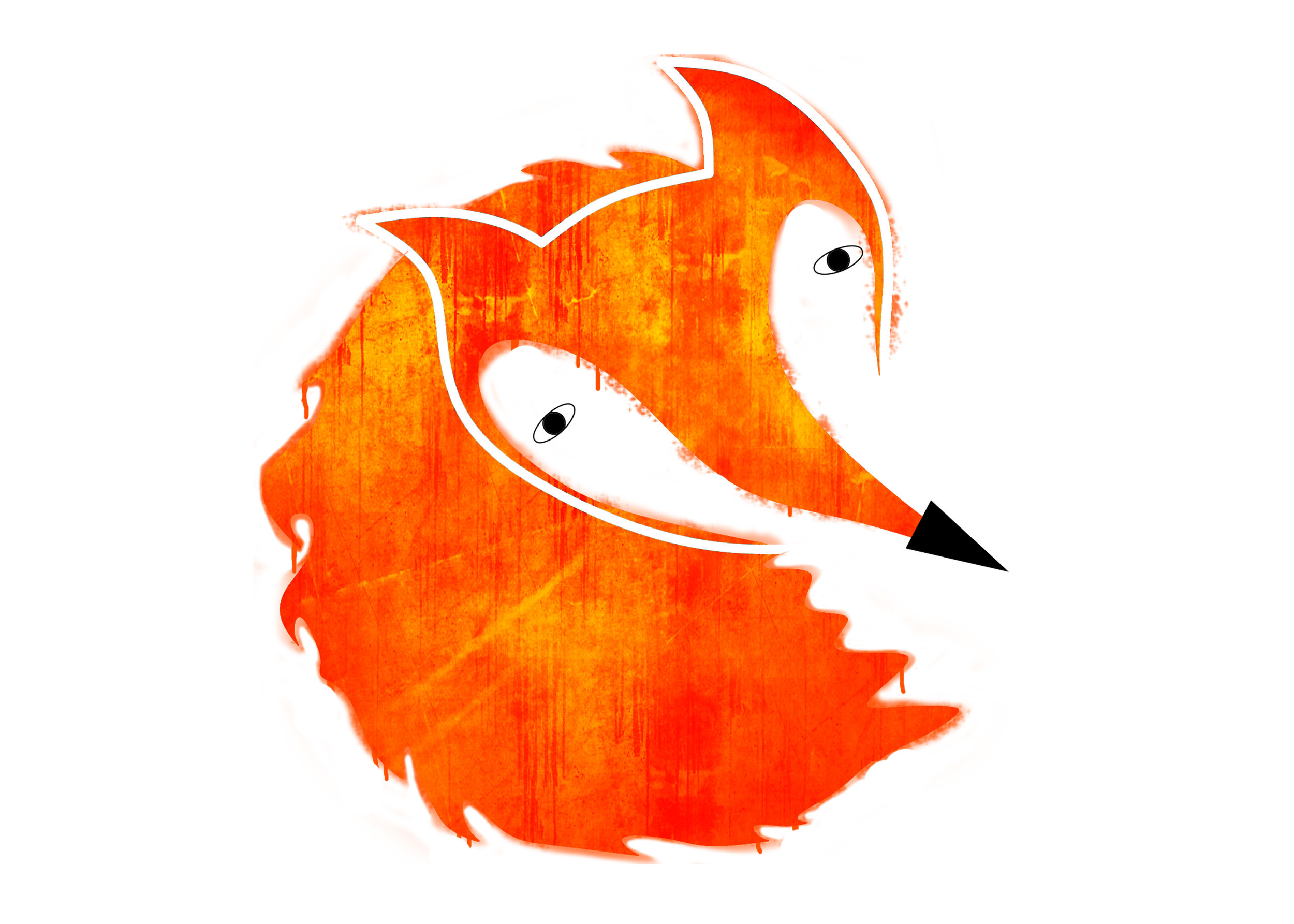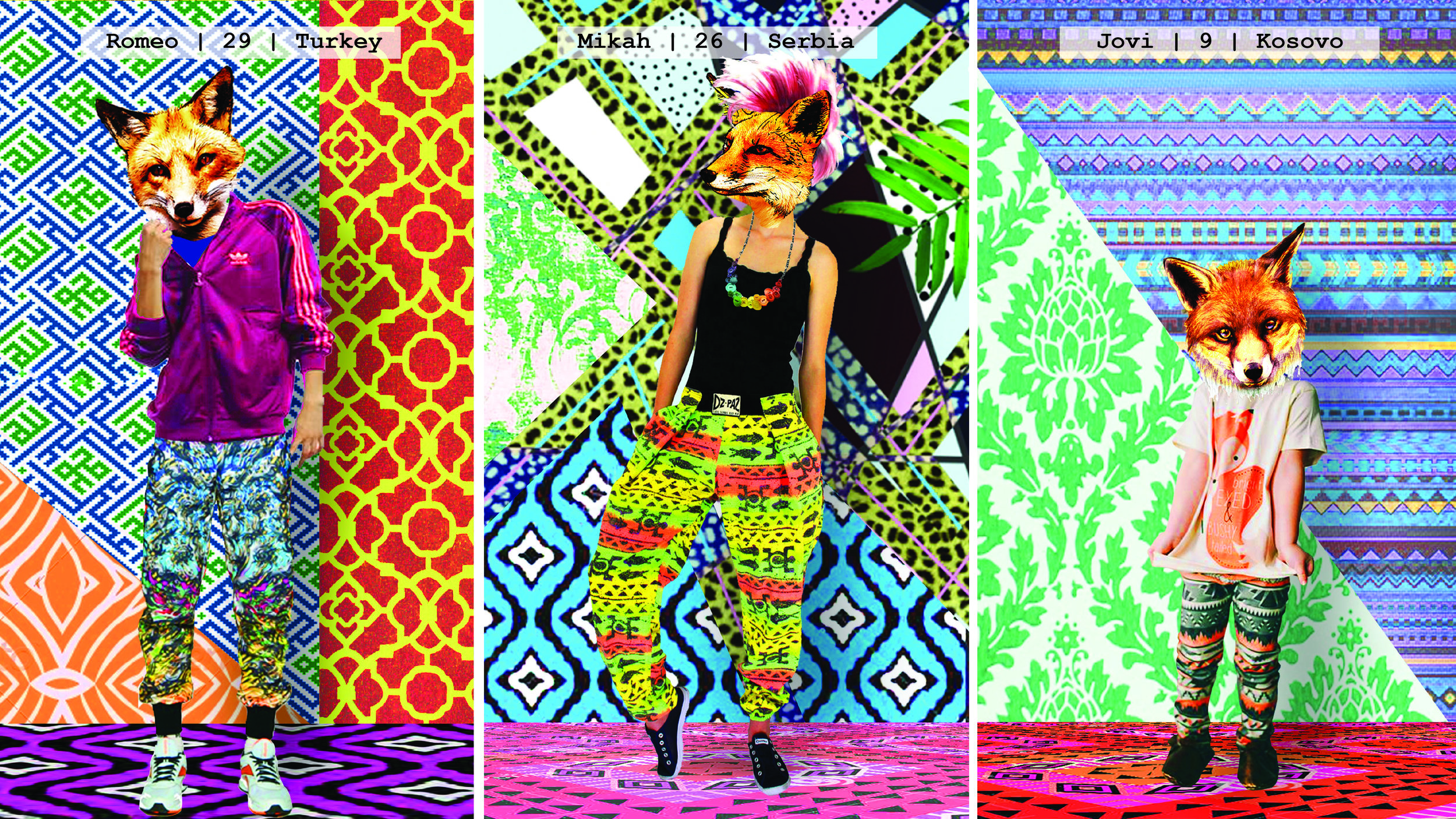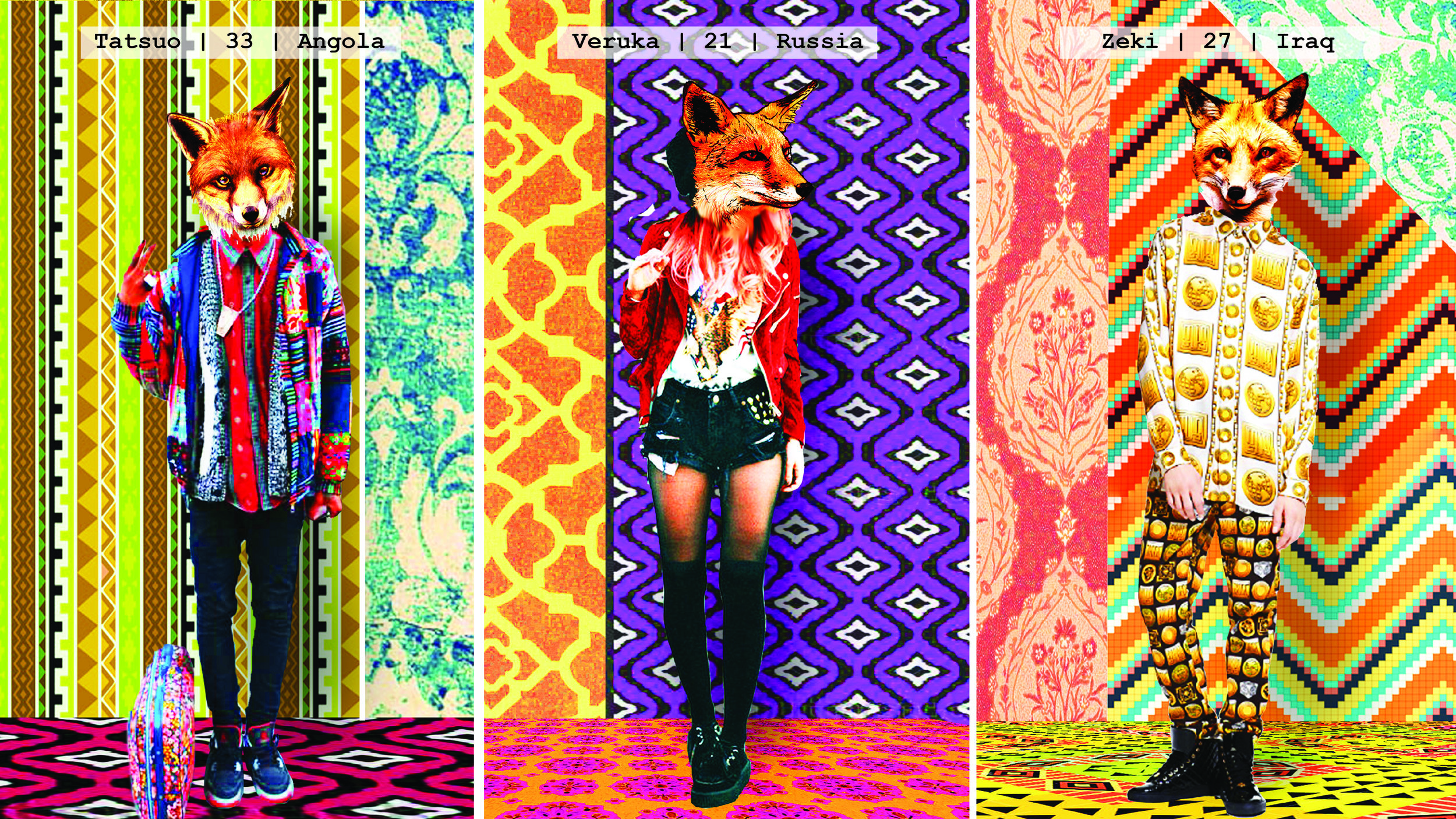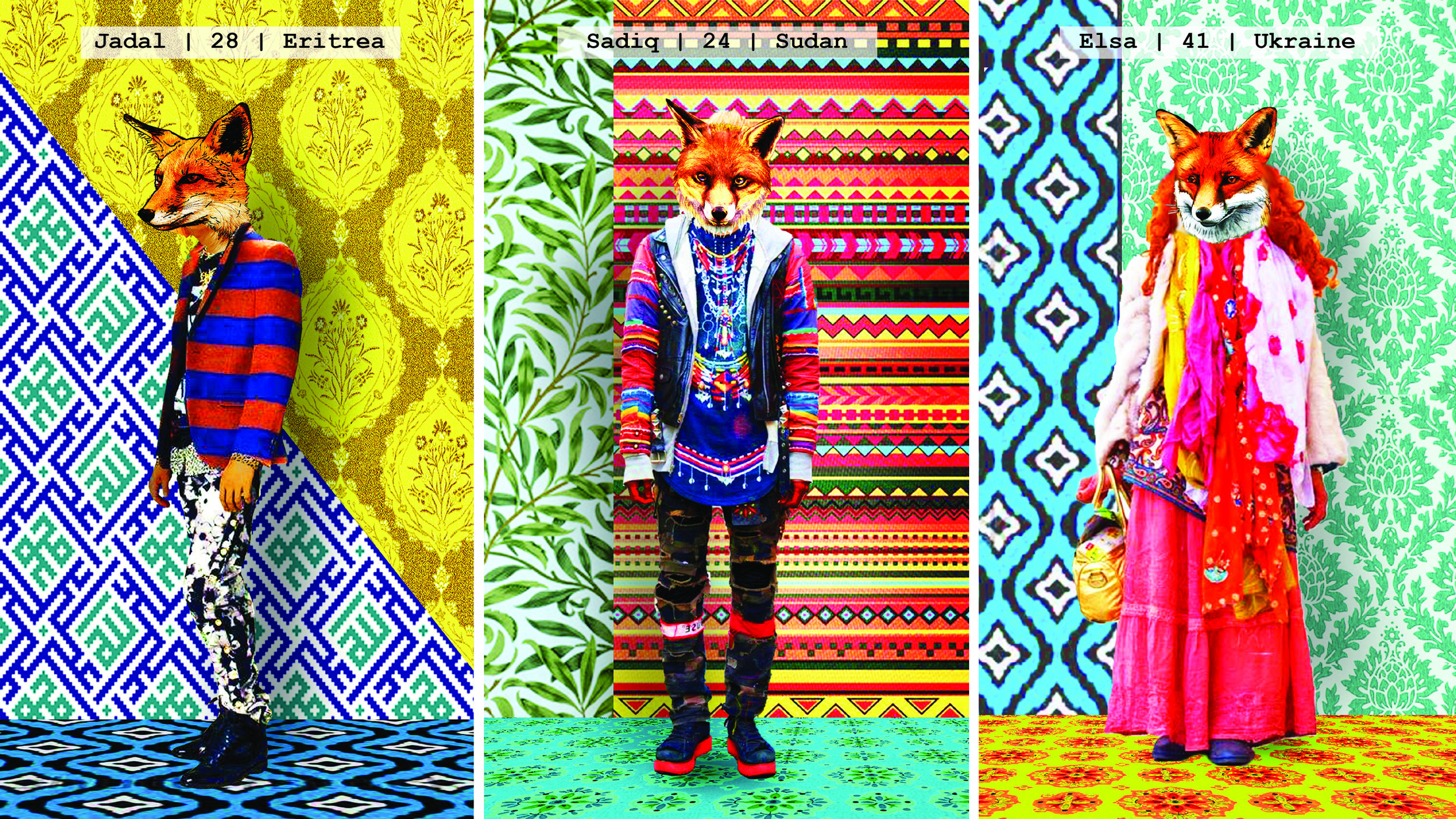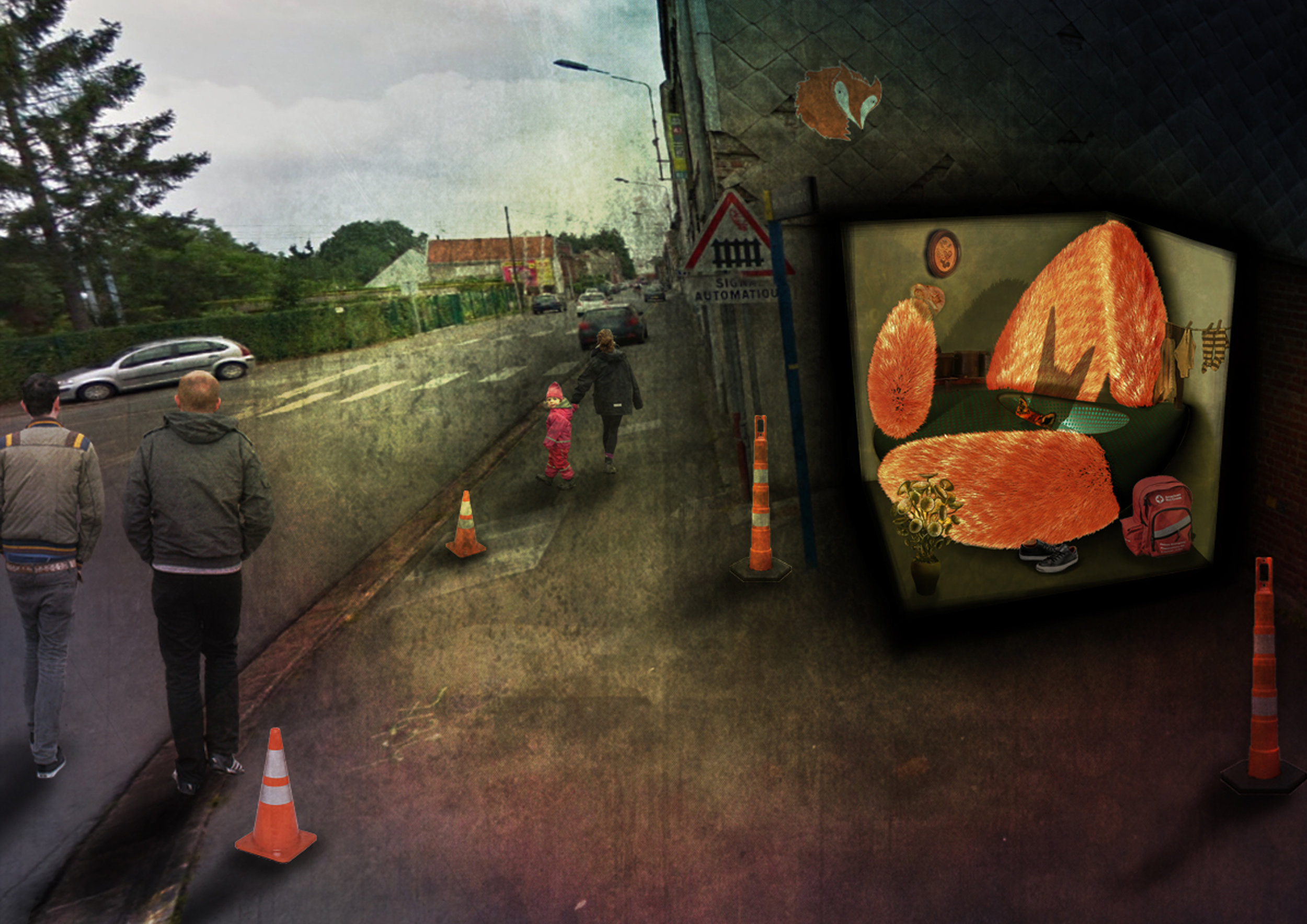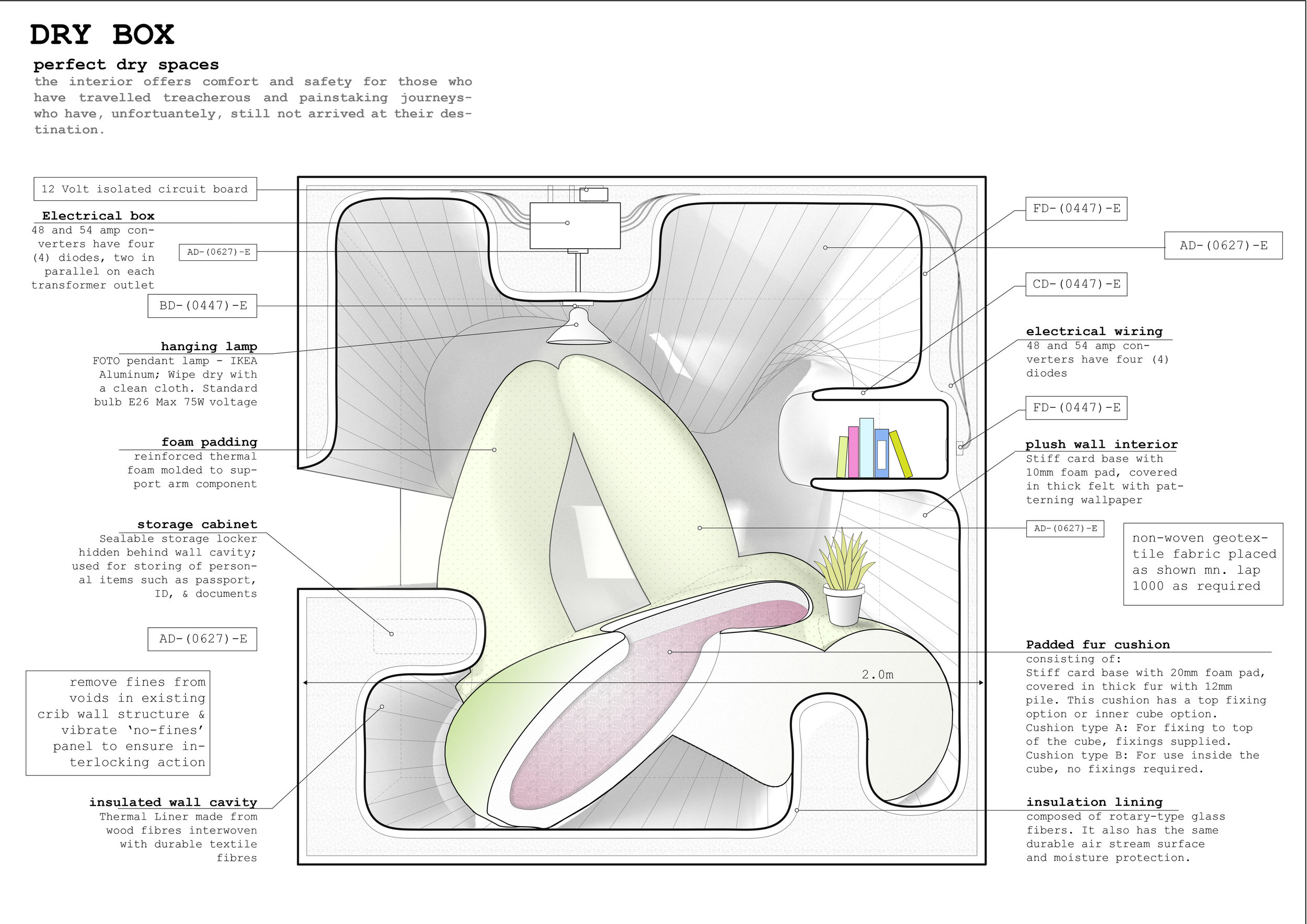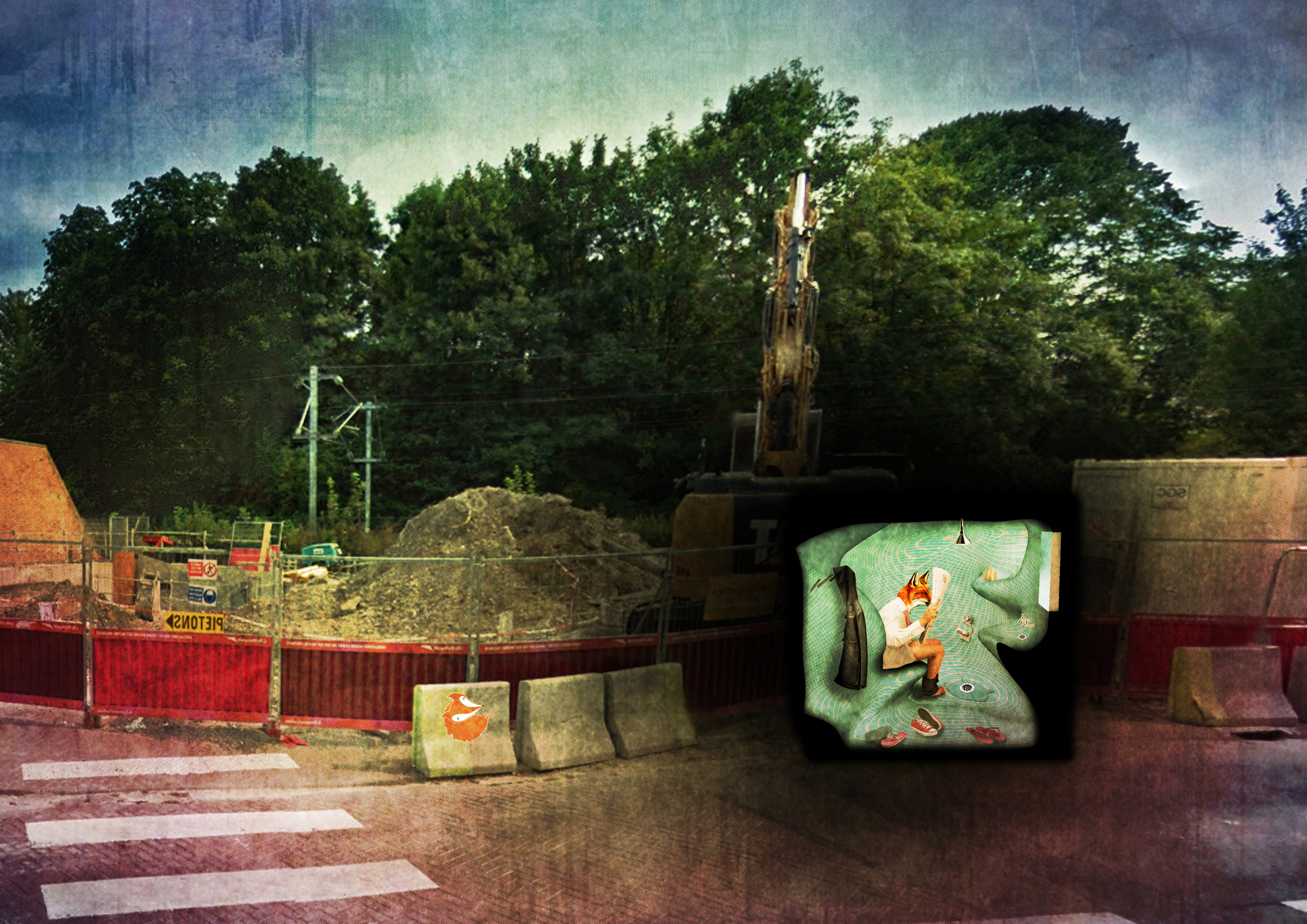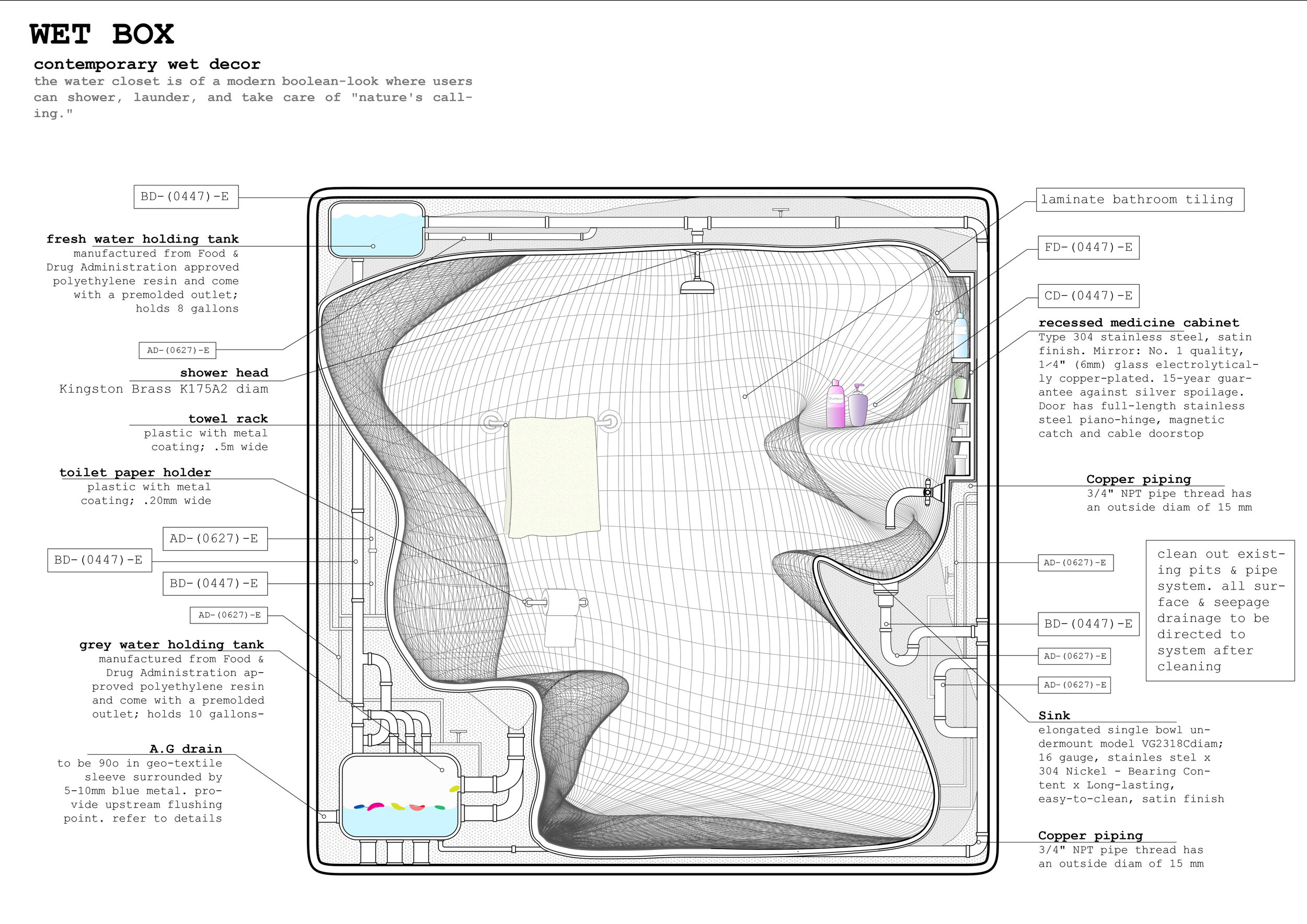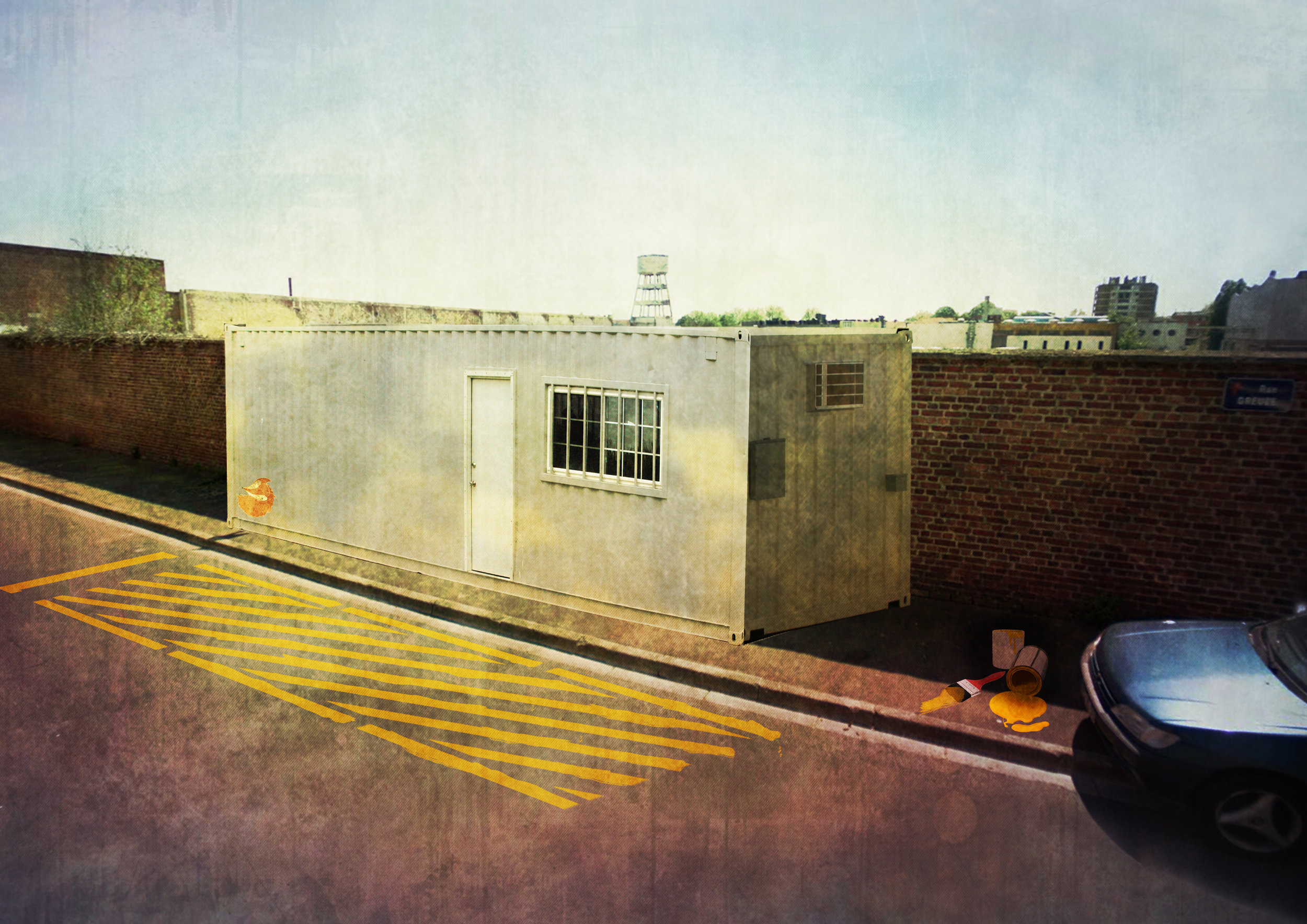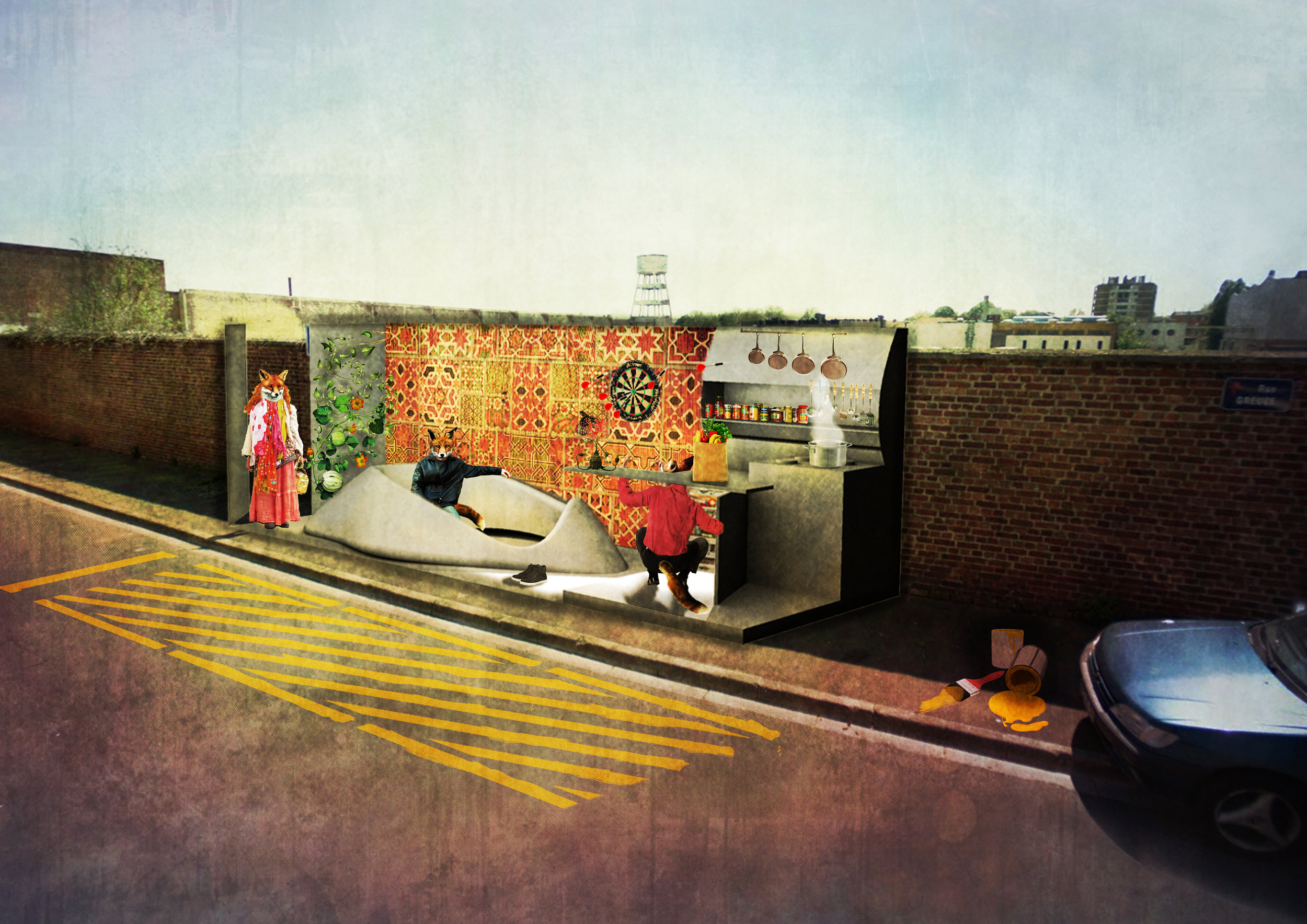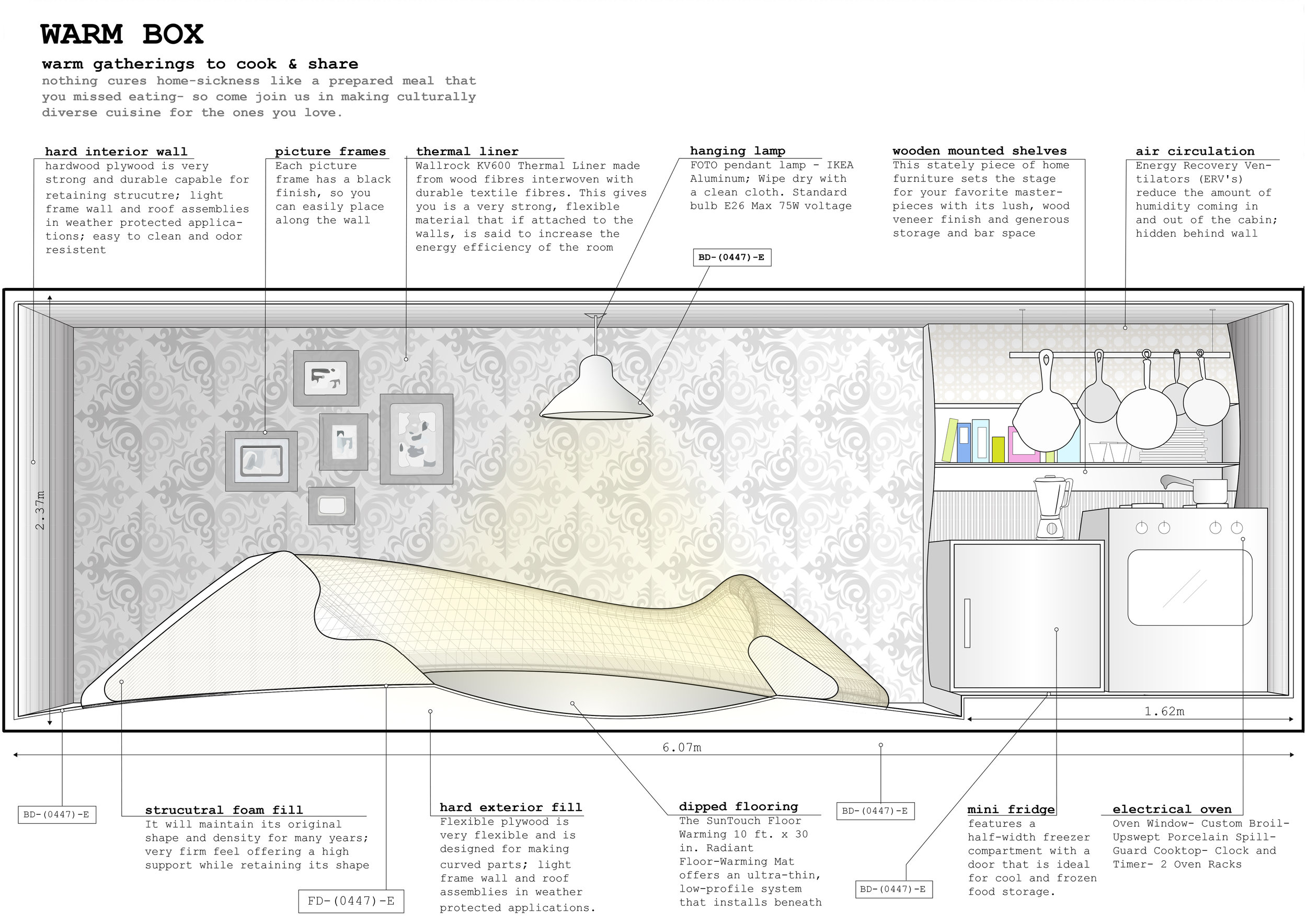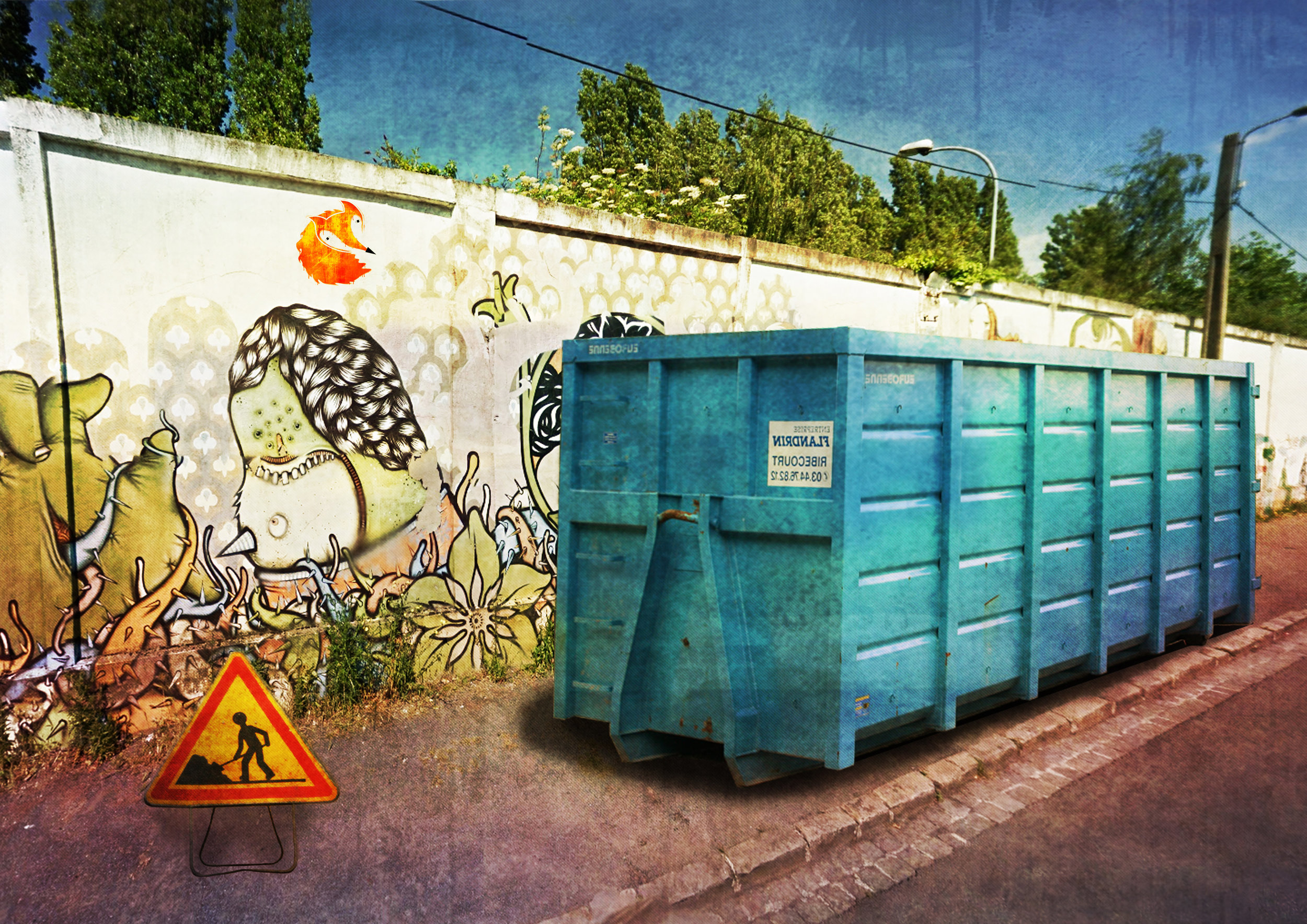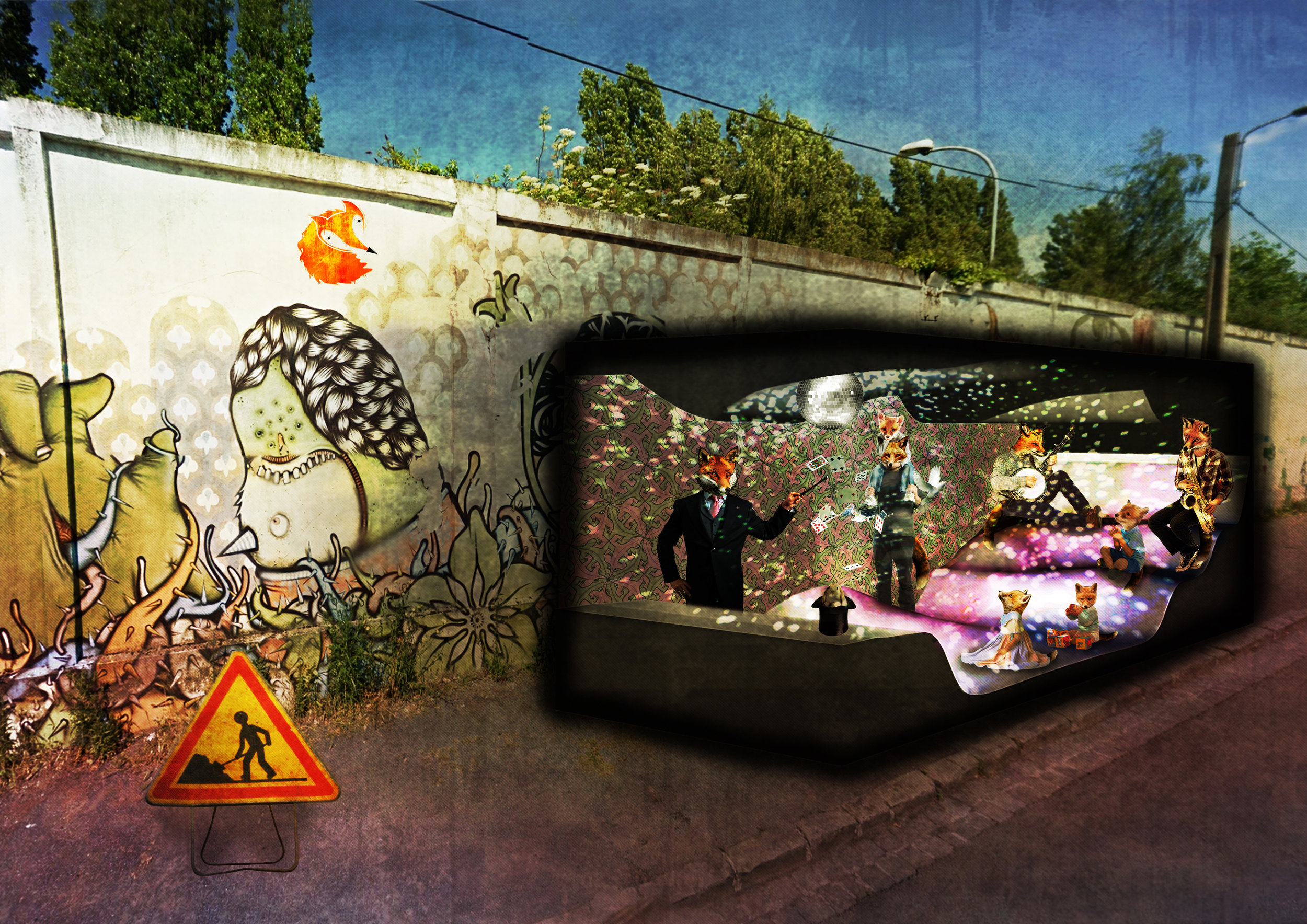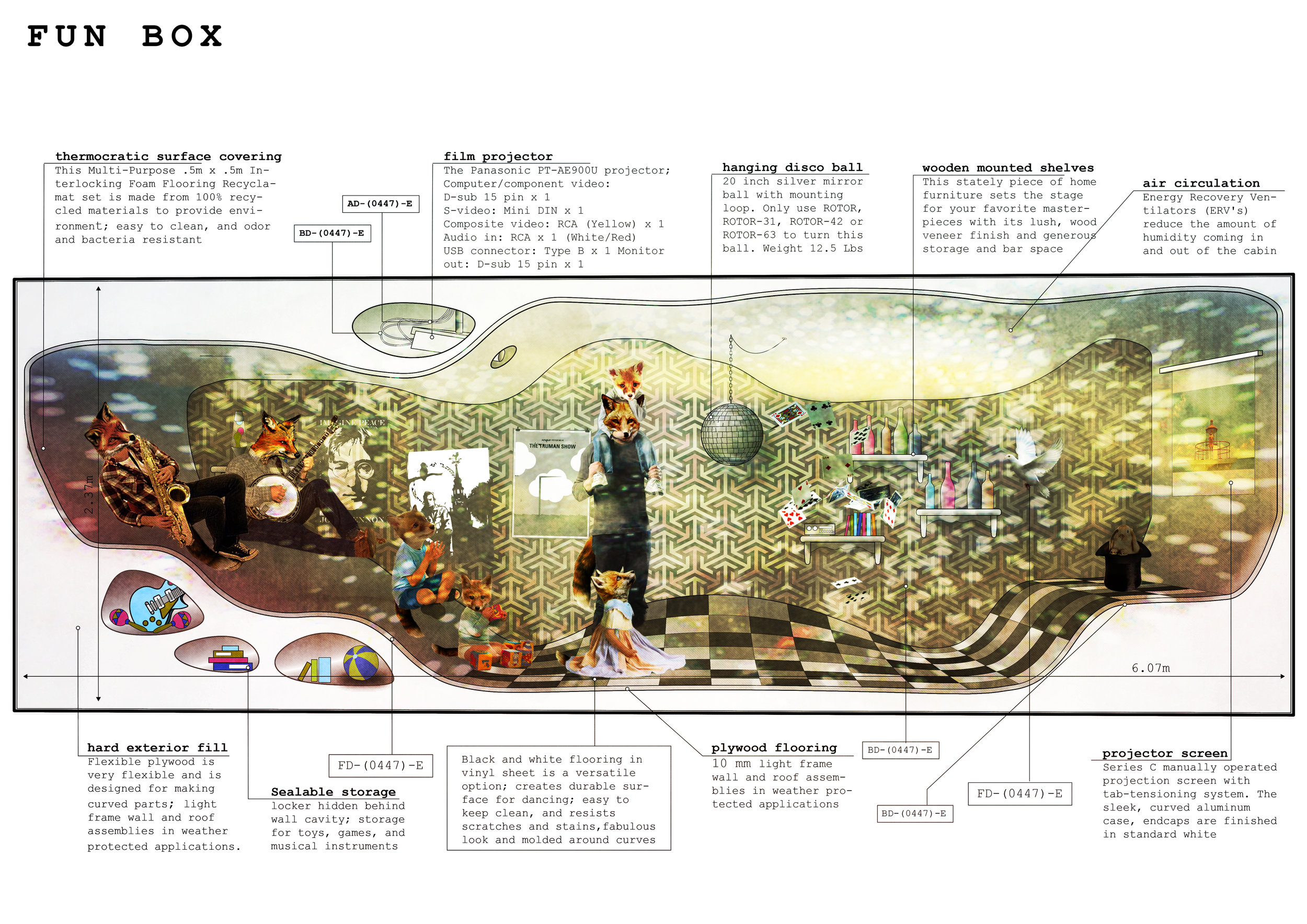A Guide to Counter-Foxiness
Europe is part of a migratory network that includes a population of refugees fleeing to escape war, persecution, or natural disaster. They risk their lives and savings in hopes for a better life for themselves and their families. Within this network, France operates as a checkpoint rather than a destination for migrants in route to find asylum elsewhere, mainly the UK. According to an article released by the Daily Mail in 2014, migrants are enticed by the “generosity of the British welfare state, particularly free healthcare, education and housing.”
The shortest route into Britain is through the English Channel from Calais, France to Dover, UK. Consequently, Calais becomes a bottleneck. The Office of the United Nations High Commissioner for Refugees (UNHCR) reports that 232,487 refugees are living within the French border as of 2013 (0.4% of the French population); they have limited access to resources essential to survive. To address this influx of people, temporary camps have either been set up formally by the government or informally by the migrants. However, these camps are prone to disease and render the problem visible.
In response, our project seeks to alter France’s perception of refugees and offer an alternative to the informal settlement and the refugee camp. To achieve this, we propose to dissolve the boundary and visible territory of these settlements by fragmenting their constituents and rendering them invisible. To test and develop this concept, we situate our project on a prototypical site in France along the refugee’s path to the UK. Specifically, Hellemmes in Lille.
Through the analysis of a locally familiar setting, we found loop-holes to conveniently appropriate and support refugees in a manner that the local population would overlook. ‘Elements’ essential for survival – such as protection, communication, water, food, heat - masquerade as urban artifacts and hide within excessive space intrinsic to urban fabric. Humanitarians and NGOs become allies in providing spaces and supplying resources for refugees to utilize on their perilous journey. We are extremely conscious and sensitive to the implications of what our project proposes.
To generate a collective identity detached from race and legal status, the face of the refugee is caricatured as a fox. In relation to the fox, the humanitarian or the NGO plays the role of the hound – not as a hunter but as an ally. Renardie.wix.com/counter-fox serves as a digital platform for the fox and hound to cunningly co-opt the urban landscape. Here, the fox can locate resources, ‘reserve’ temporary refuge, and practice counter-foxiness. The hound can donate financial aid, personal property, or manpower to covertly assist the fox and contribute to the potential success of finding ultimate refuge.
Our approach integrates Michel Onfray’s concept of counter-foxiness [contre-renardie] as outlined in Construire Autrement by the French architect, Patrick Bouchain. Its architectural implications involve developing micro-resistances that are “tricky, less visible, hidden and concealed.” Rather than challenging a defective system through overt means, the counter-foxy solution attempts to outwit an established order from right under its nose. Or as Onfray puts it: “War situations require combat strategy and tactics. Architectural [problems] are not to be fought with knifes, guns or fire, but with micro-resistance of manifest buildings and places.”
A complimentary website for the project was made to aid in the process of locating and acquiring a given refuge.
